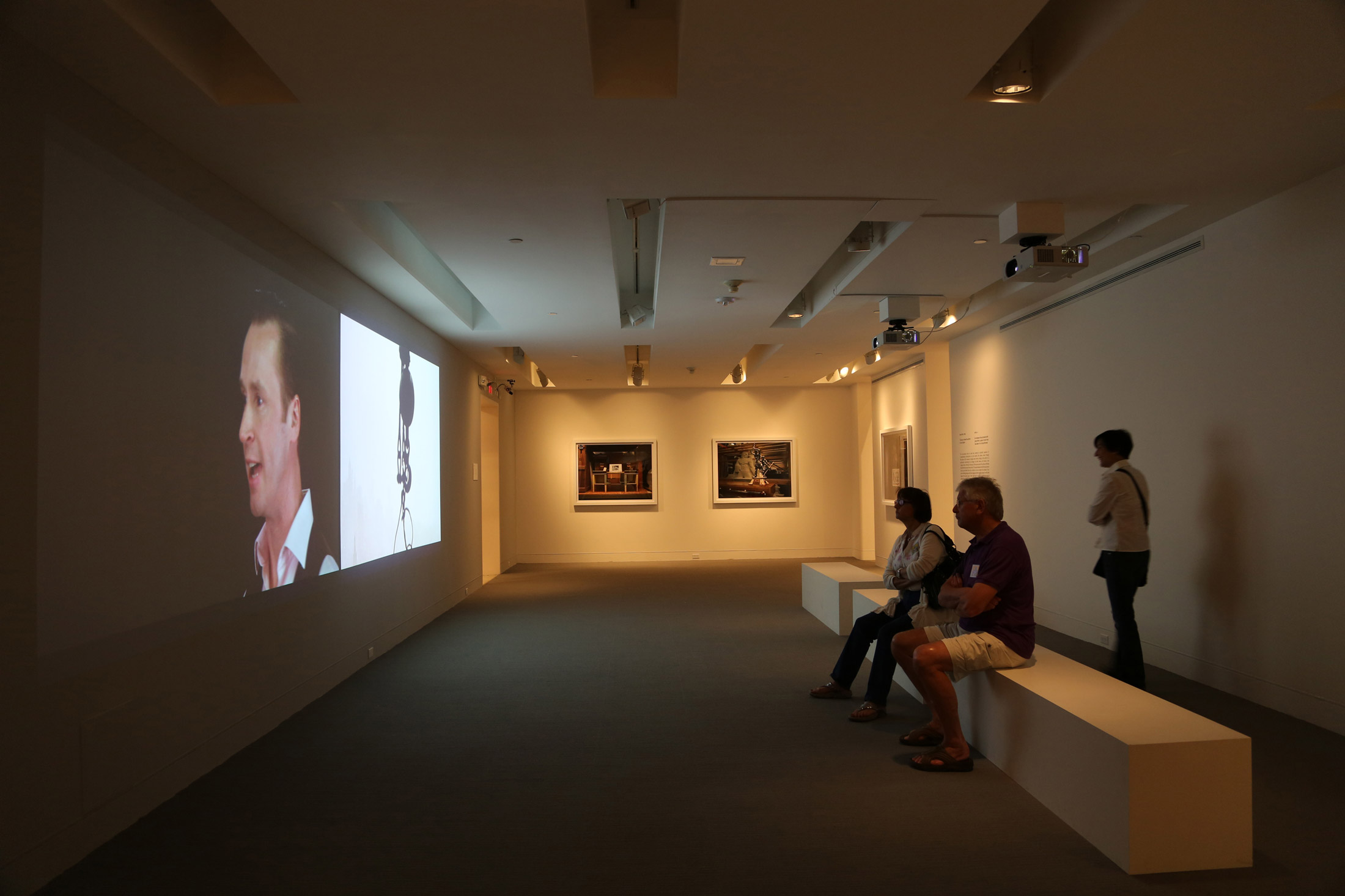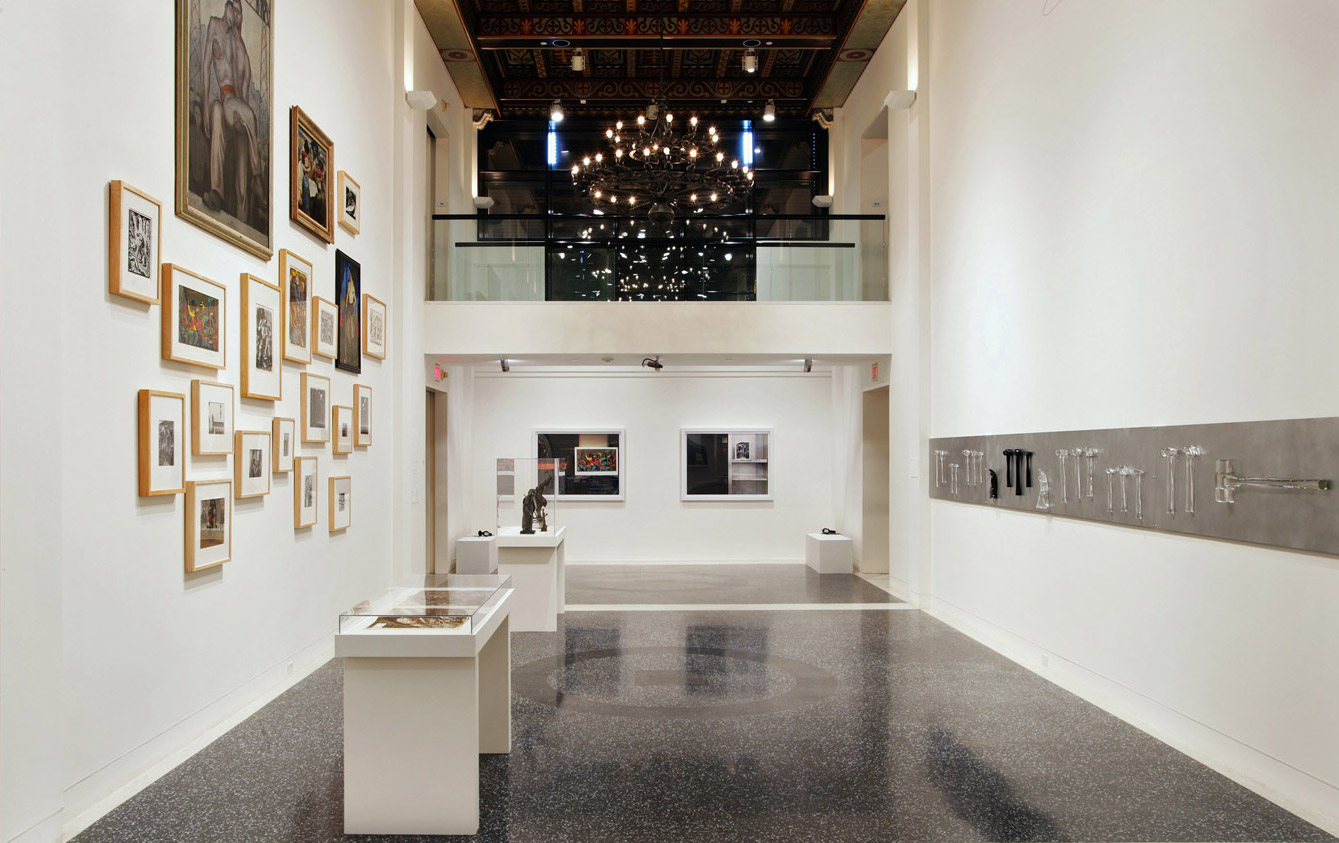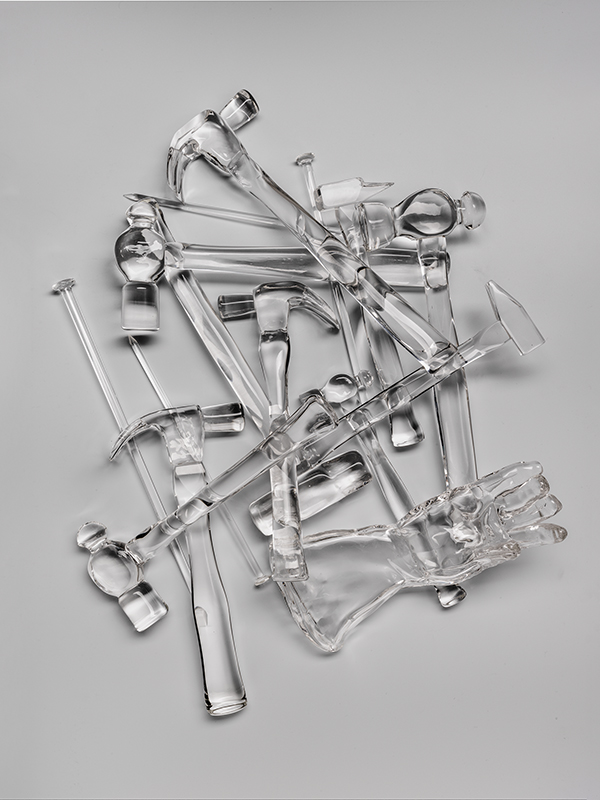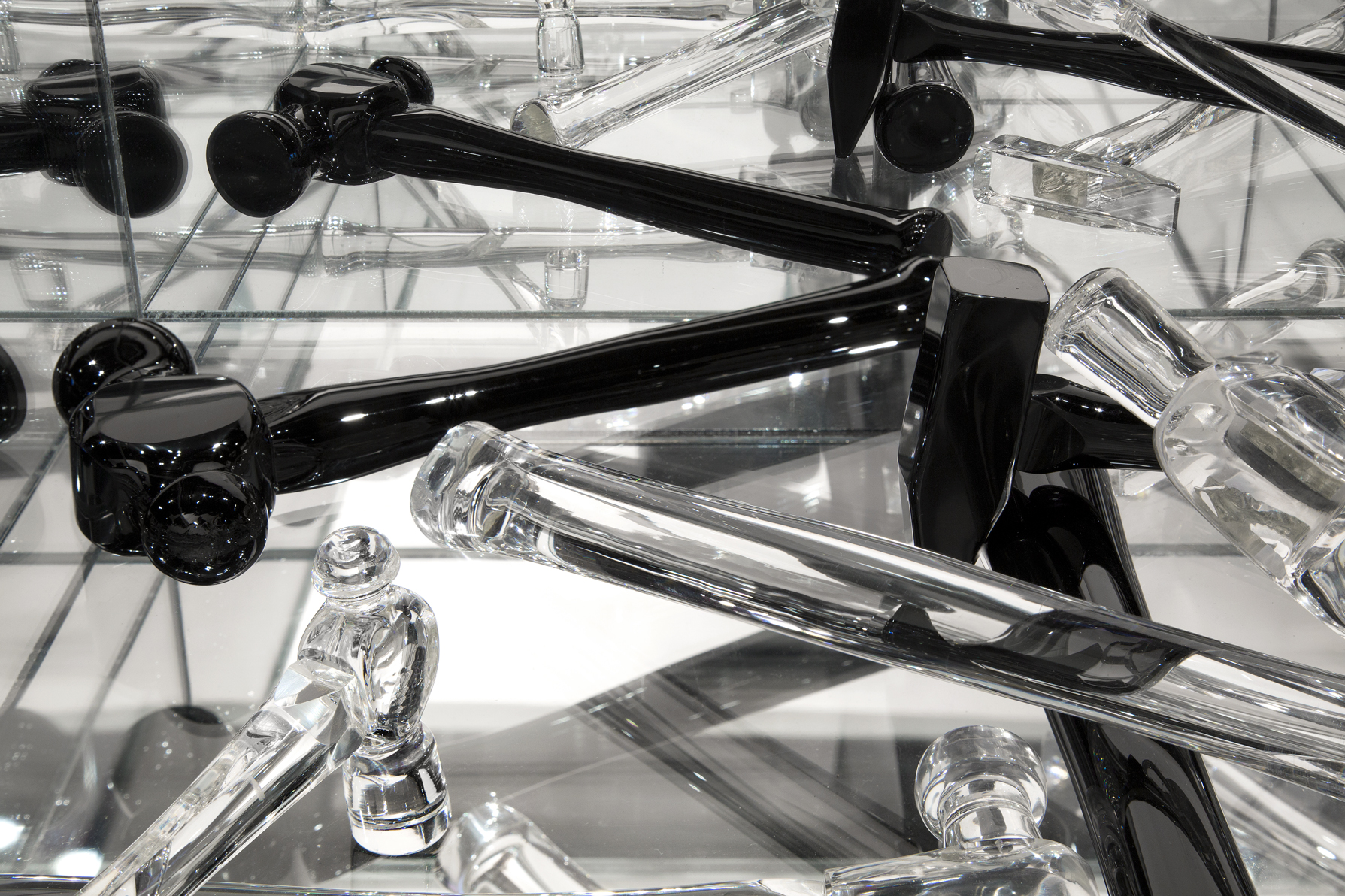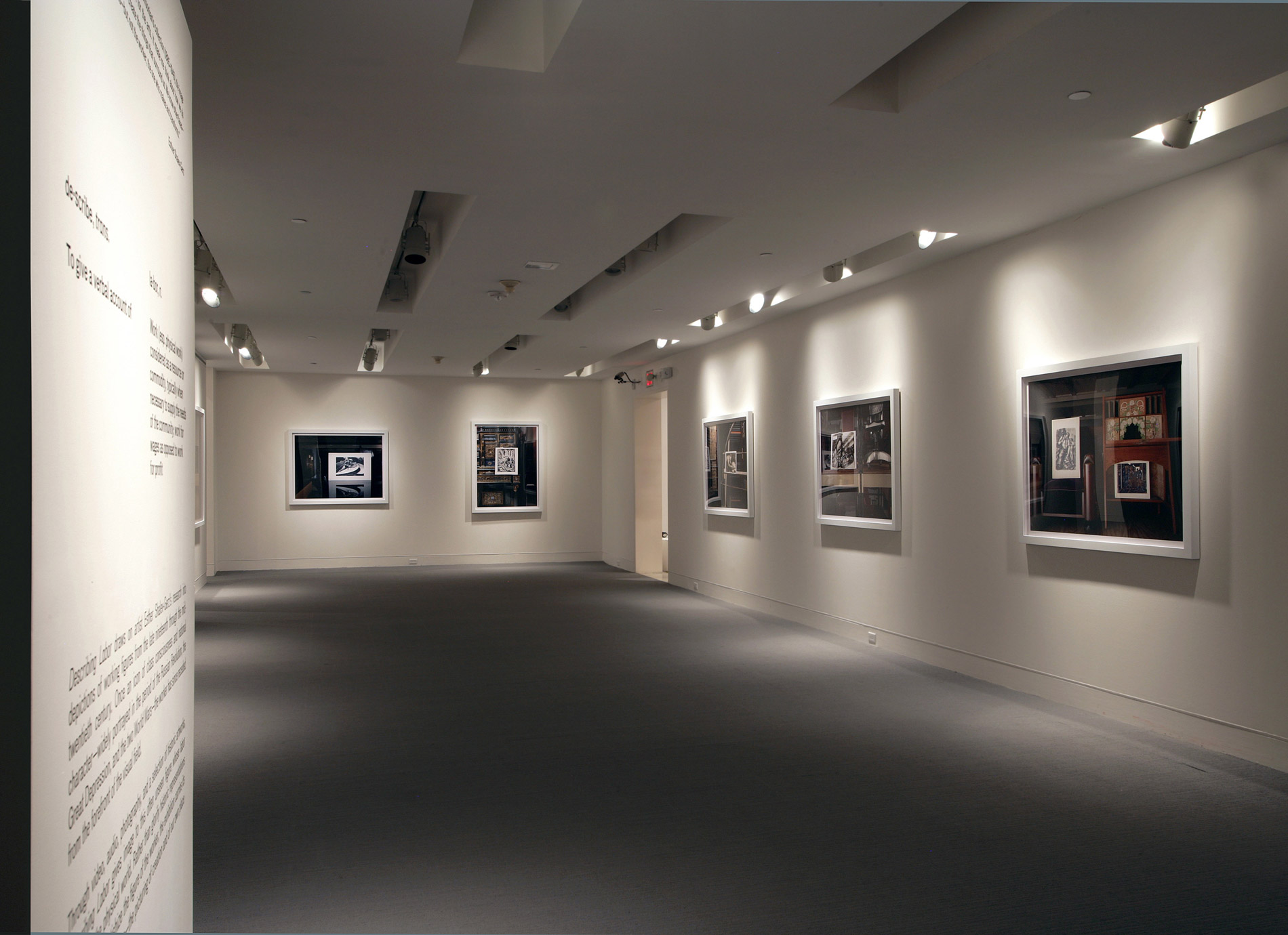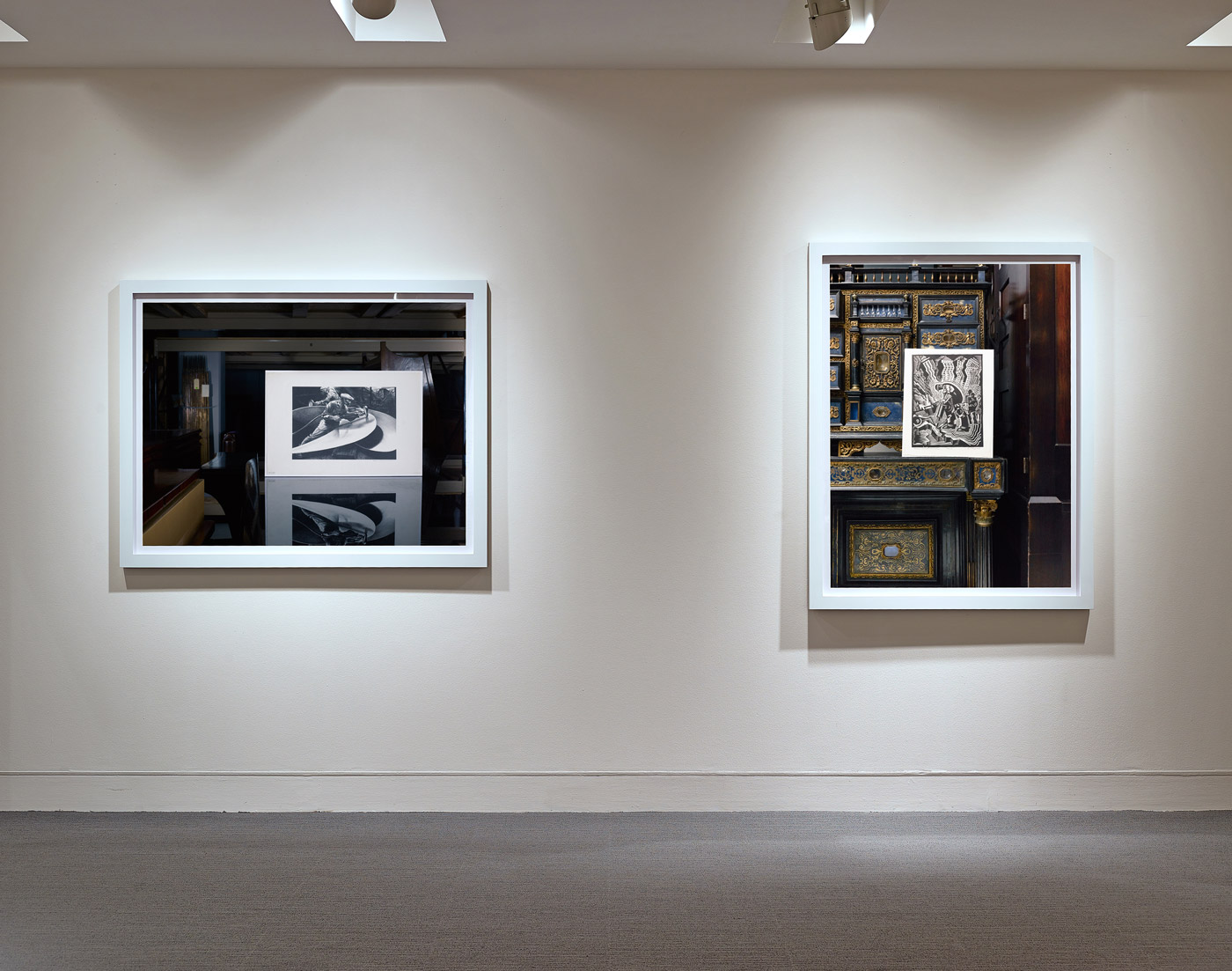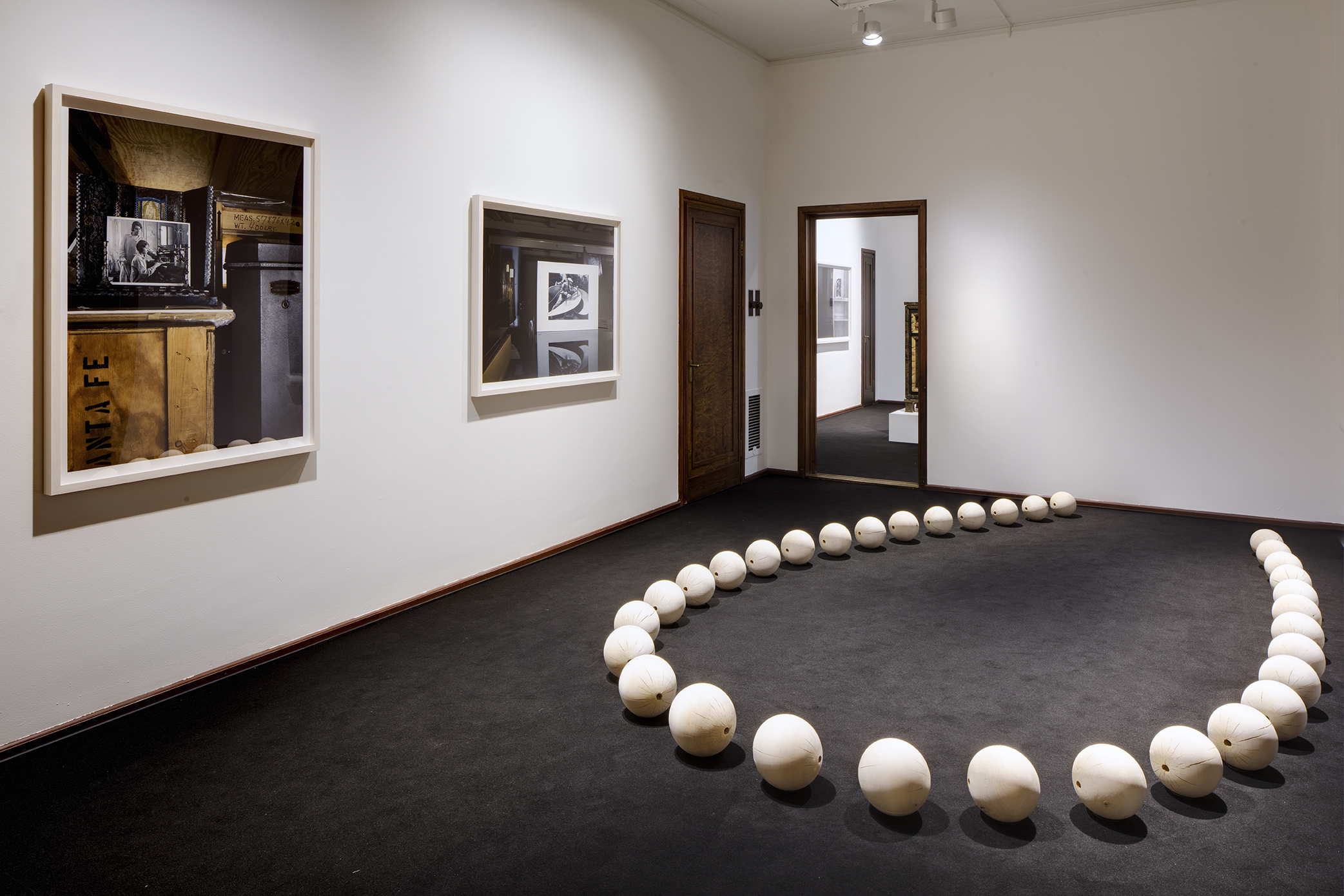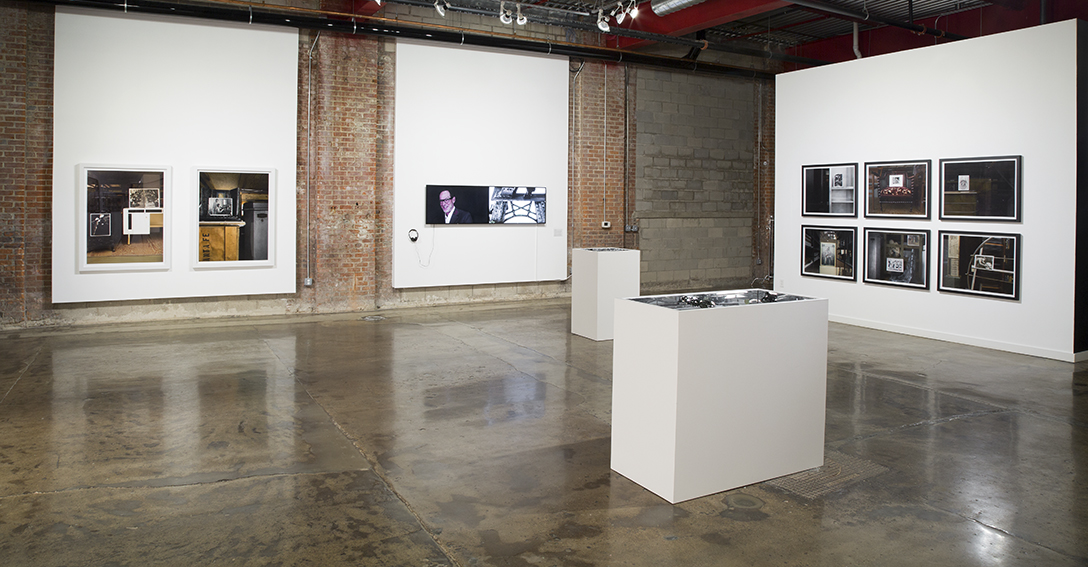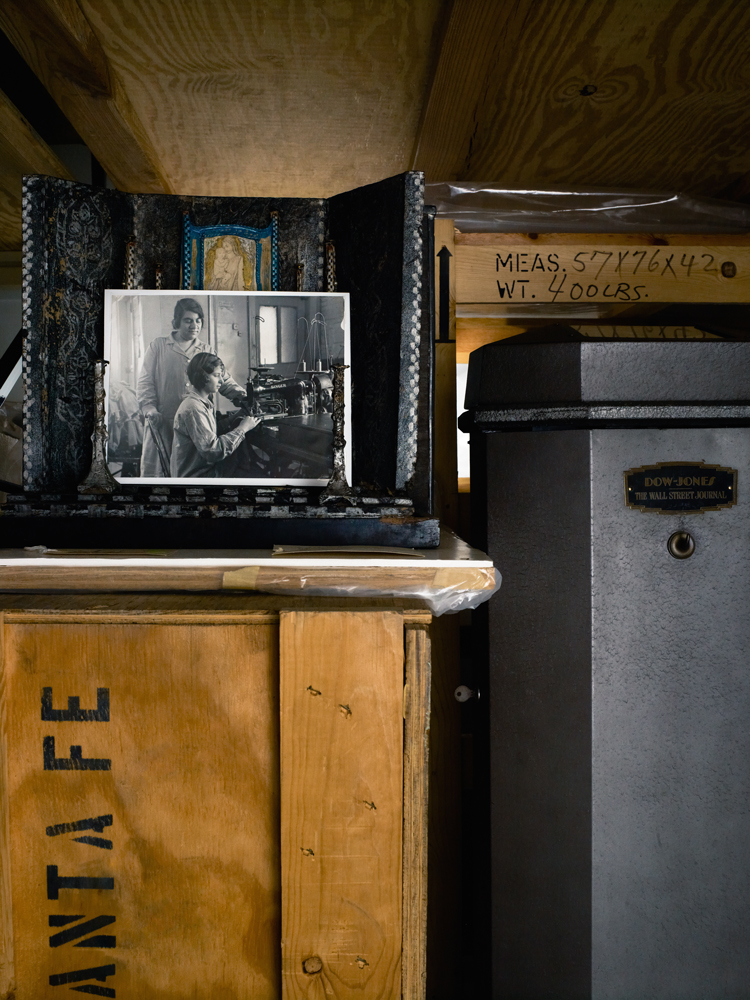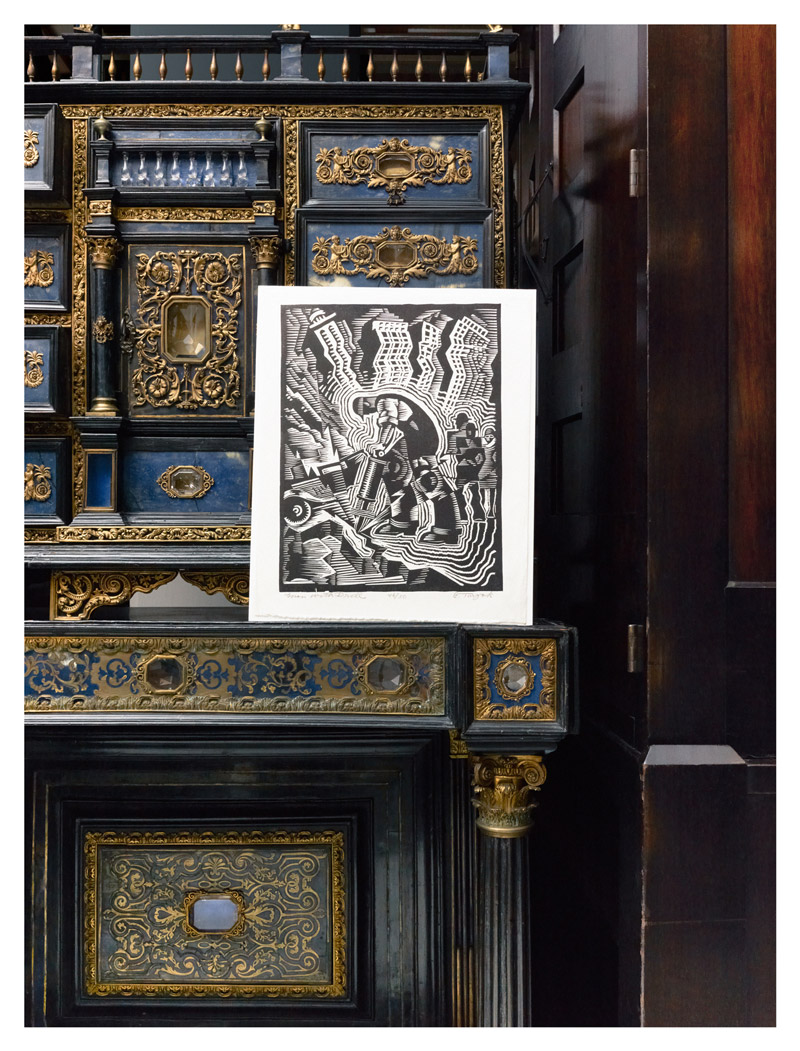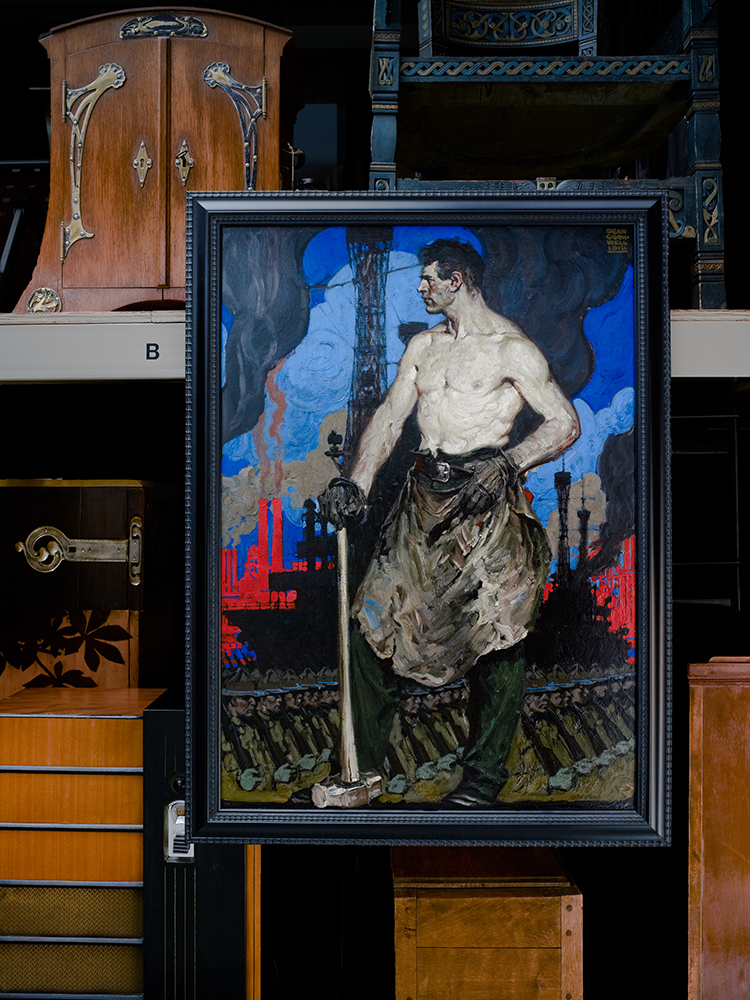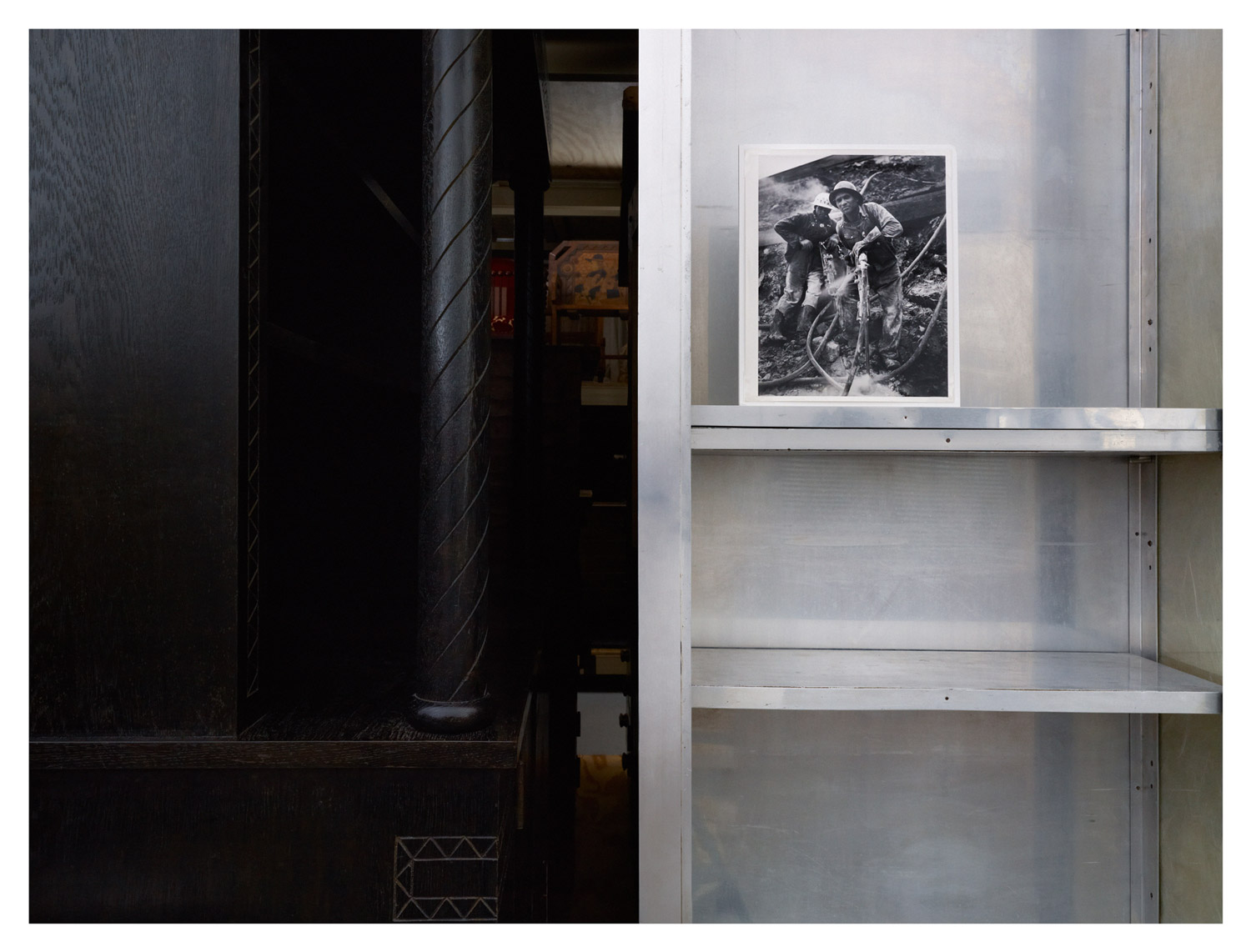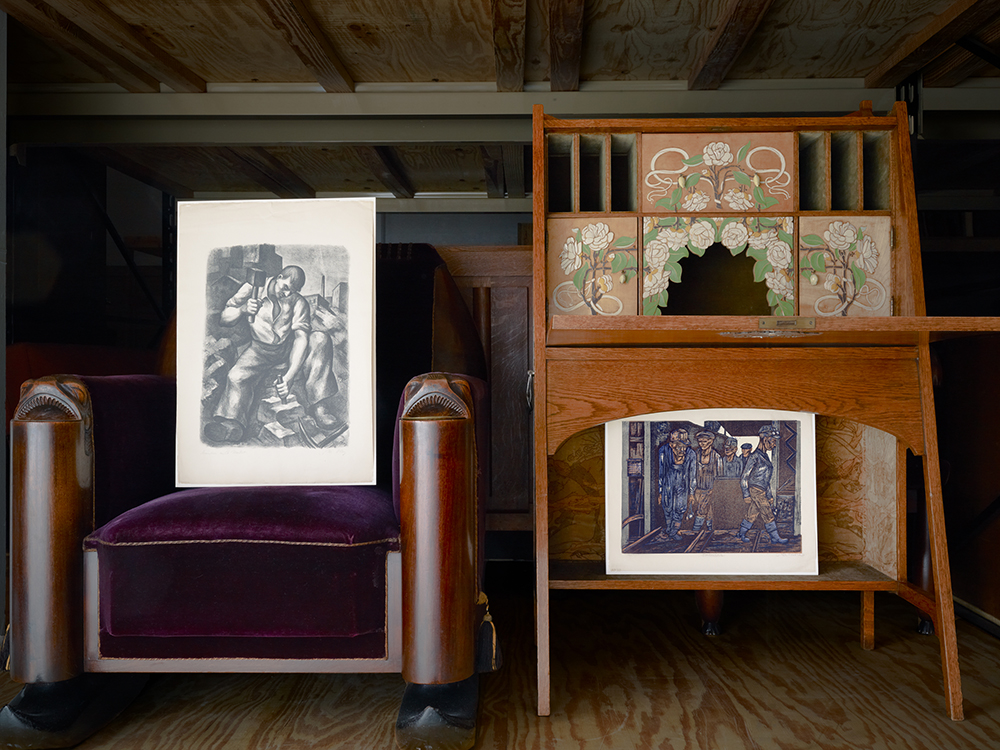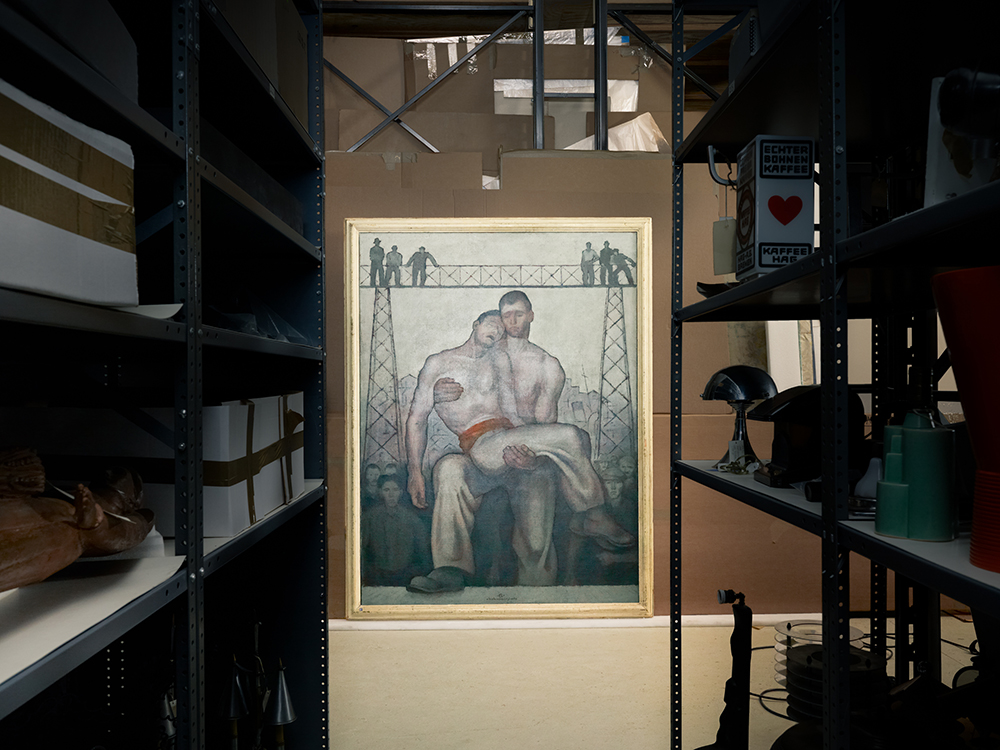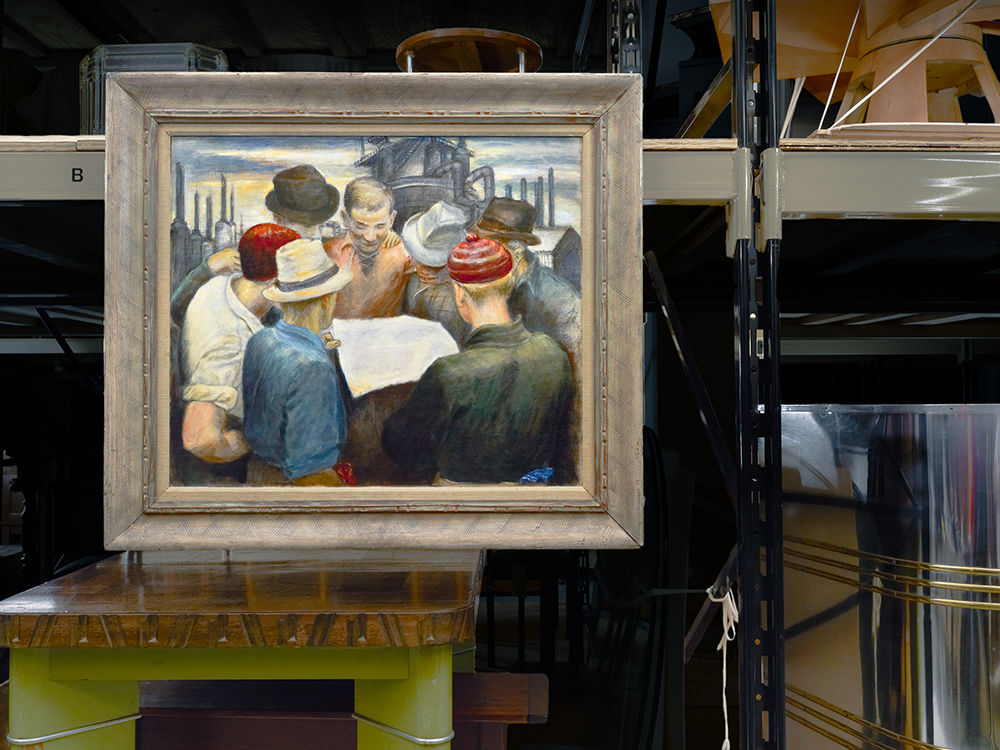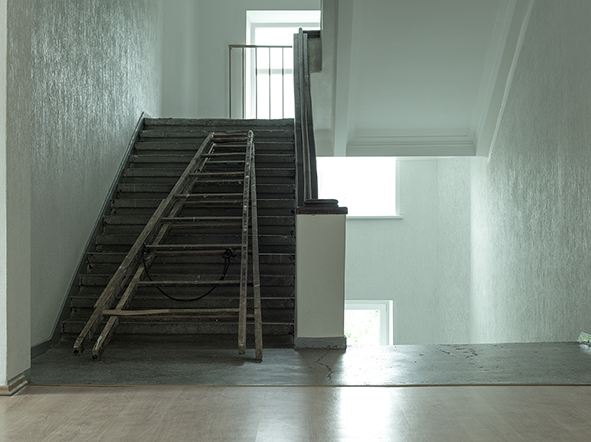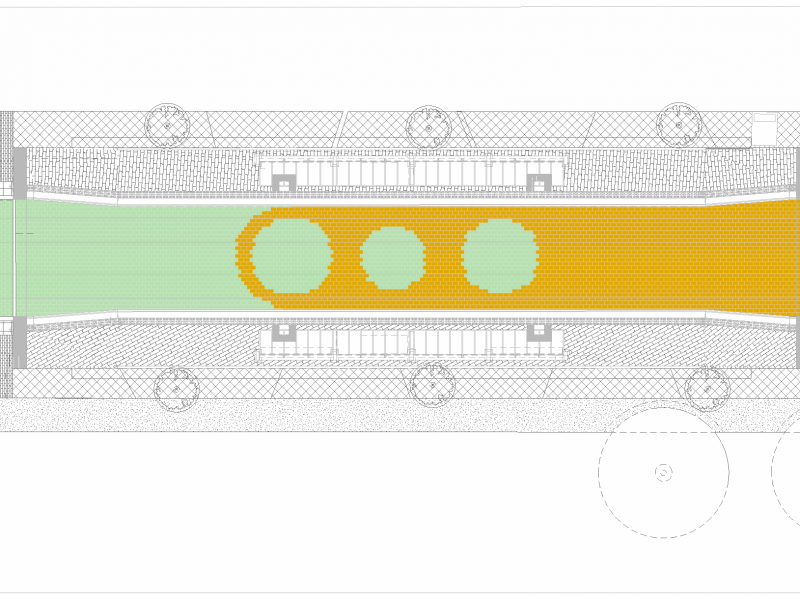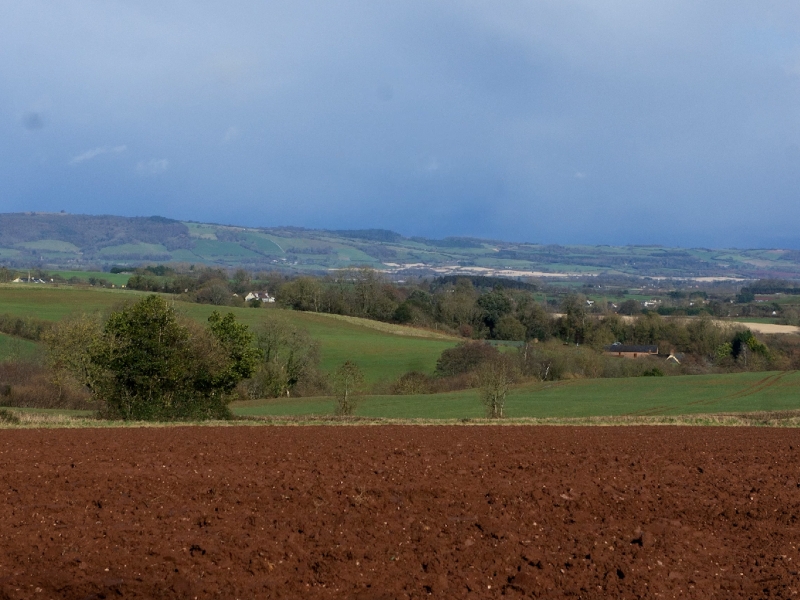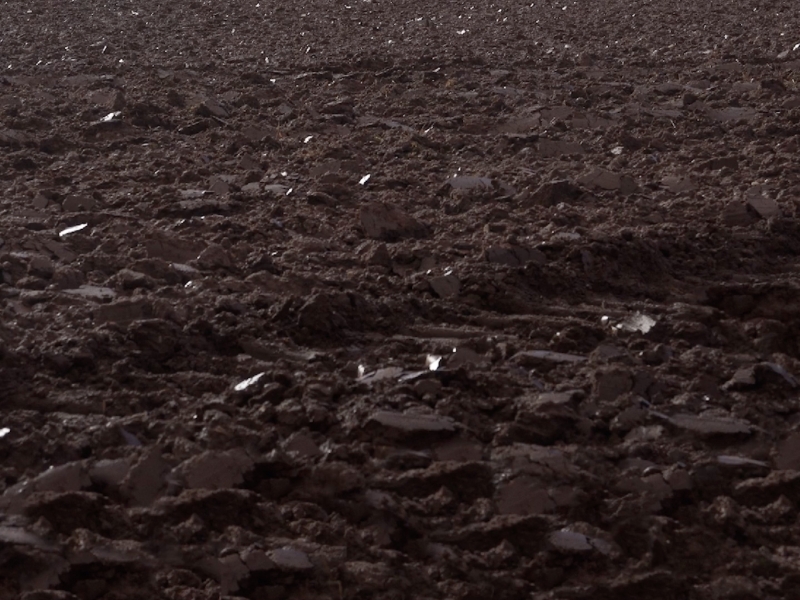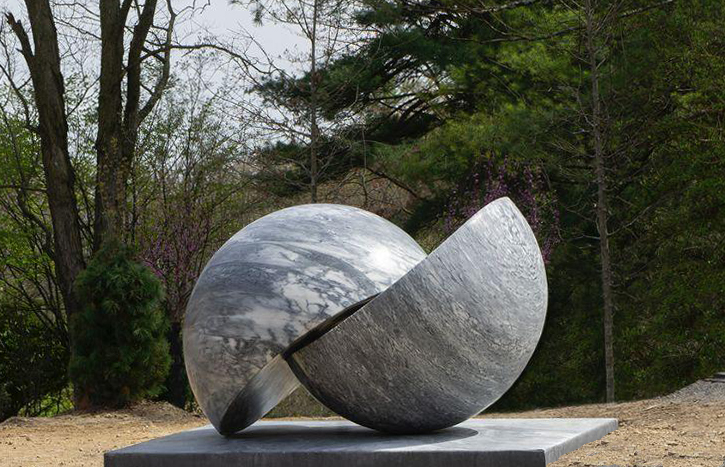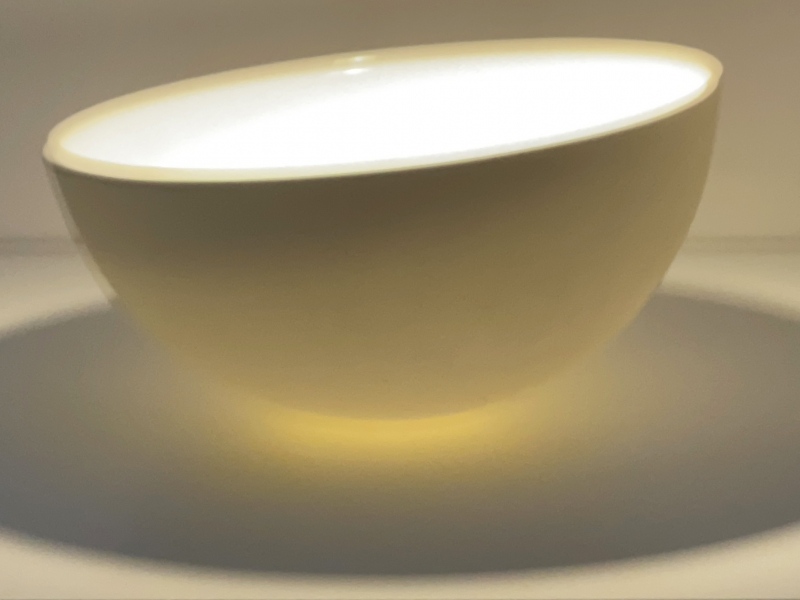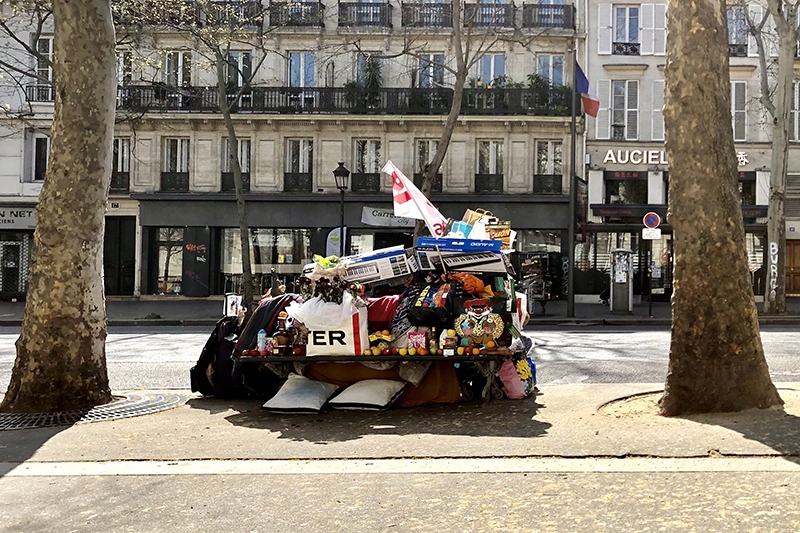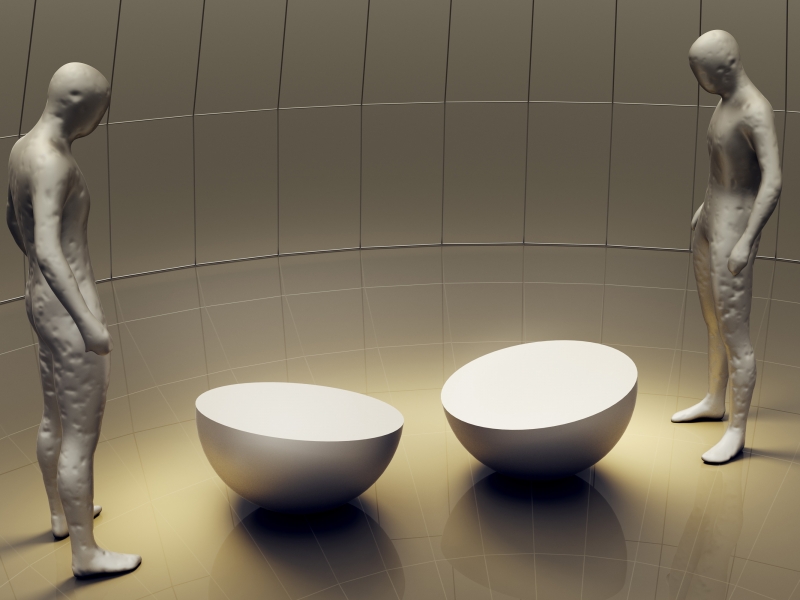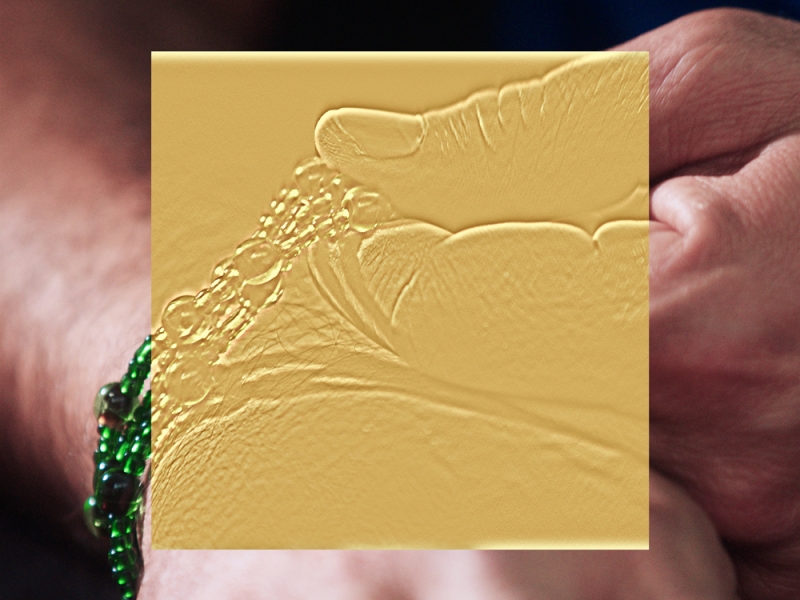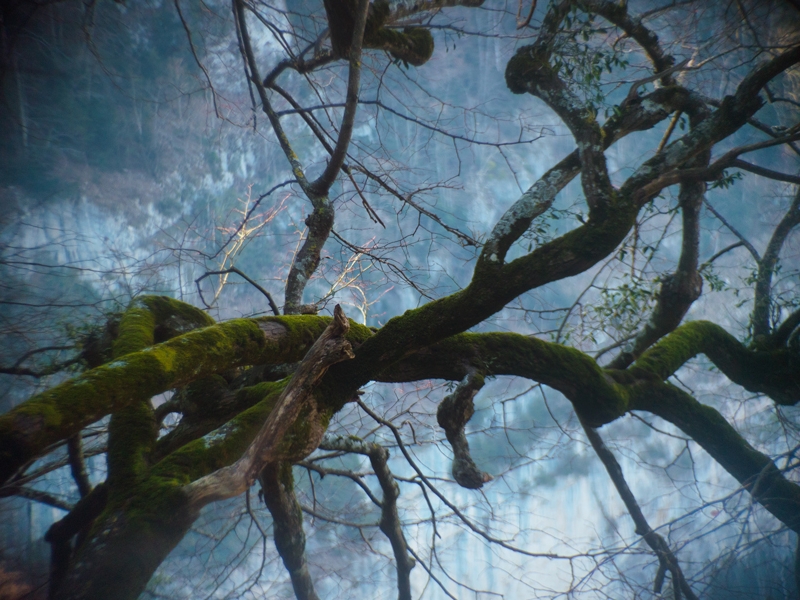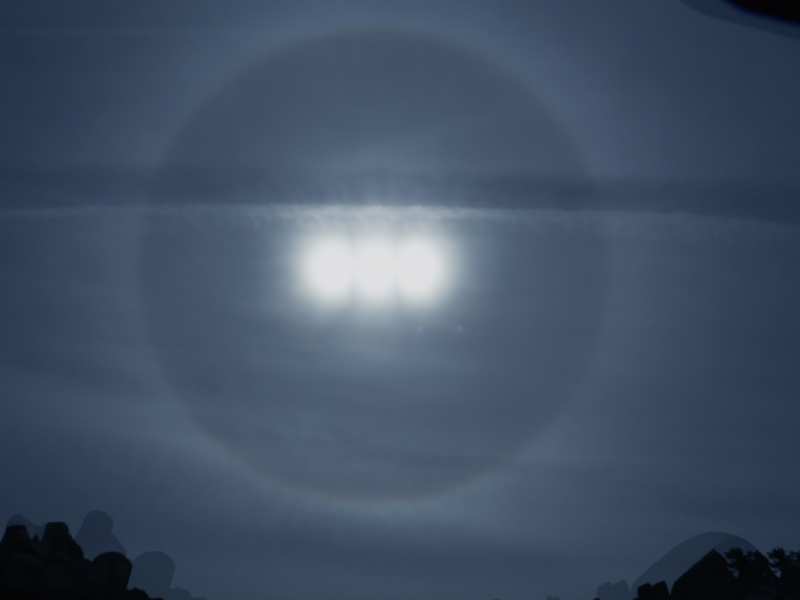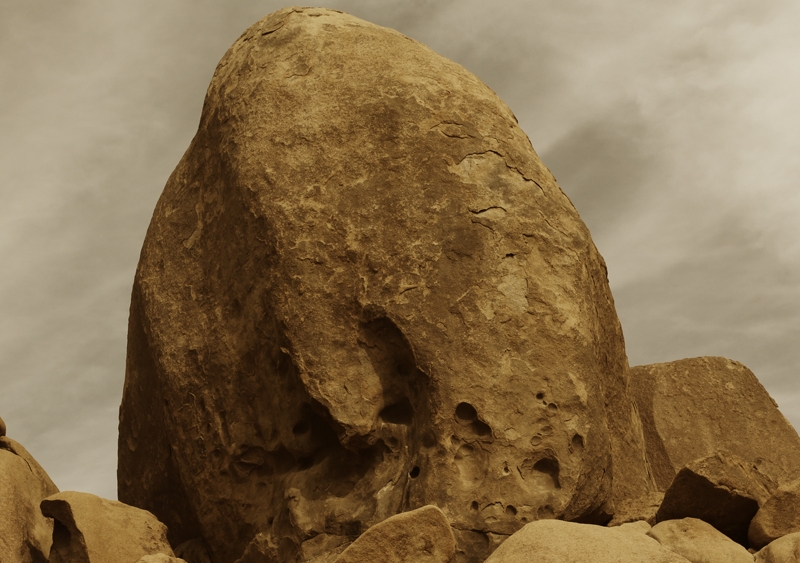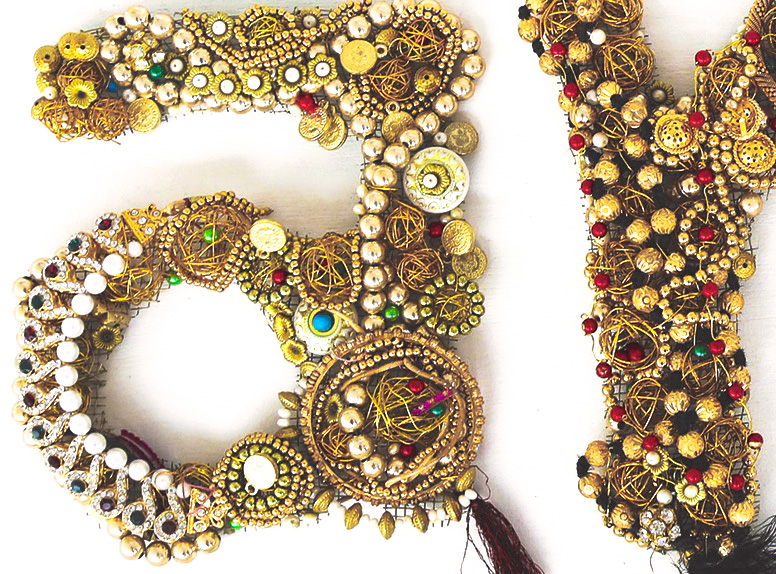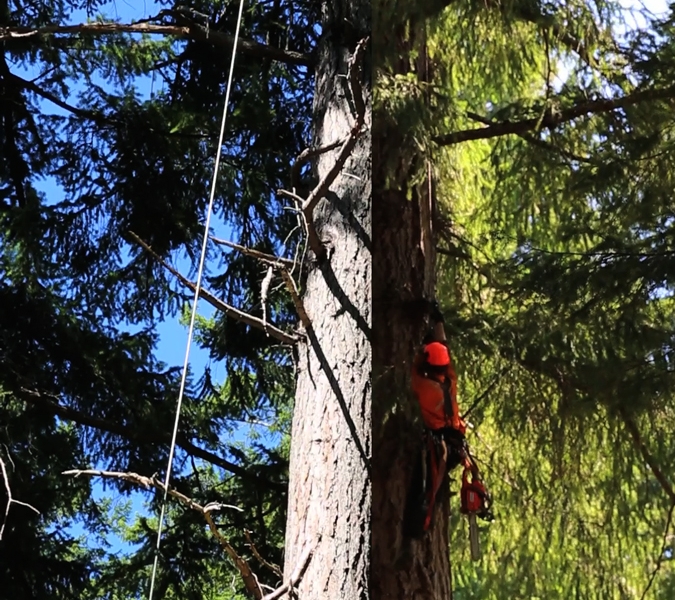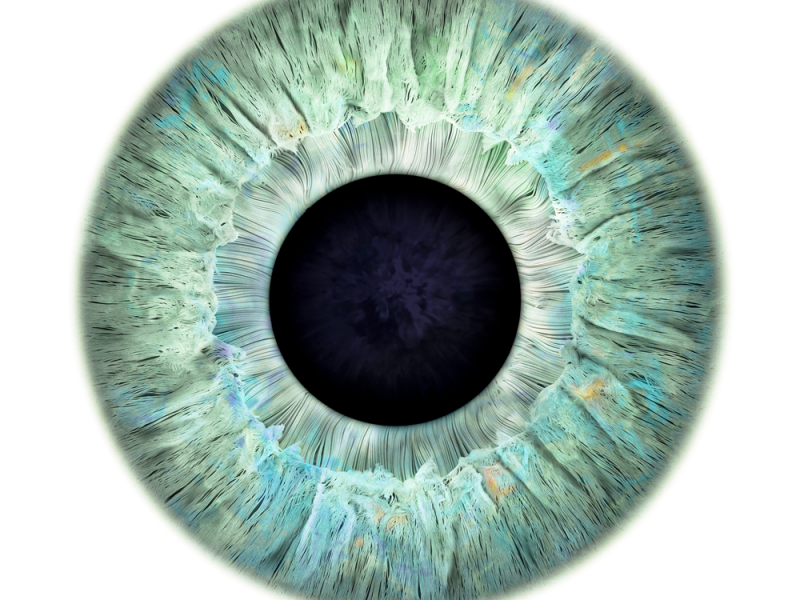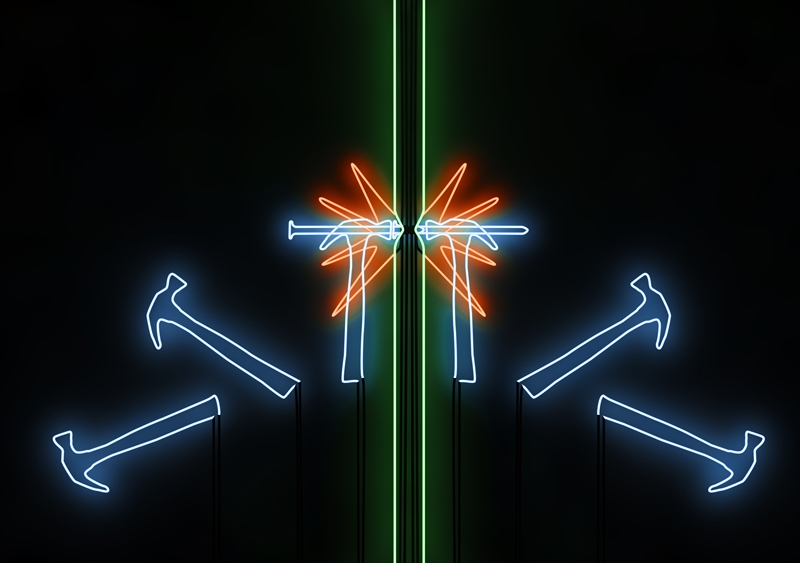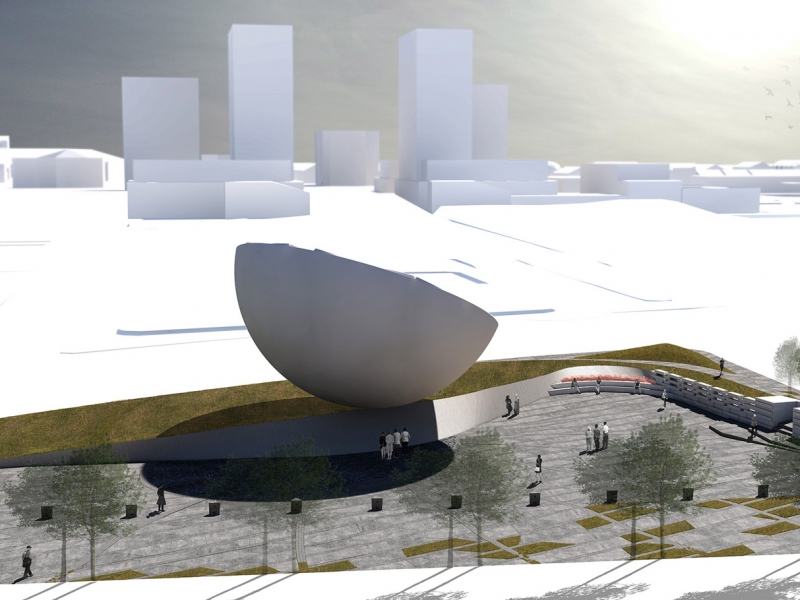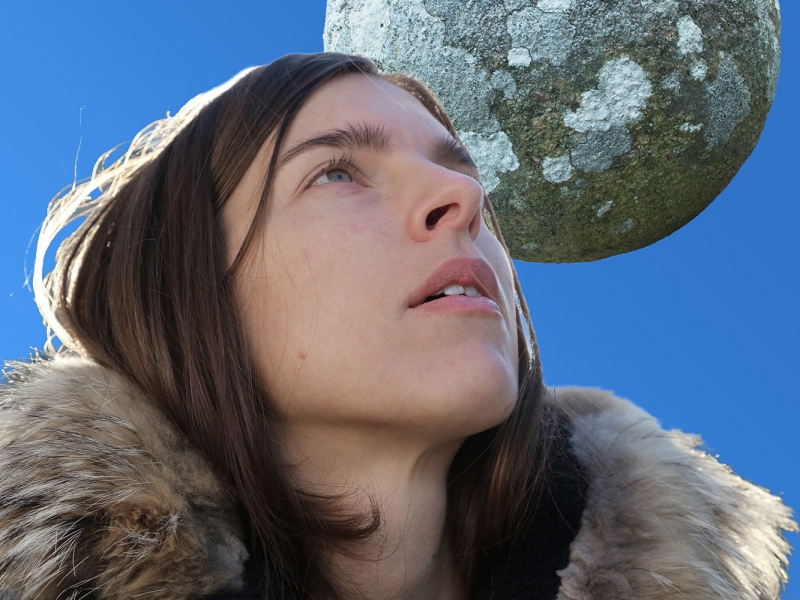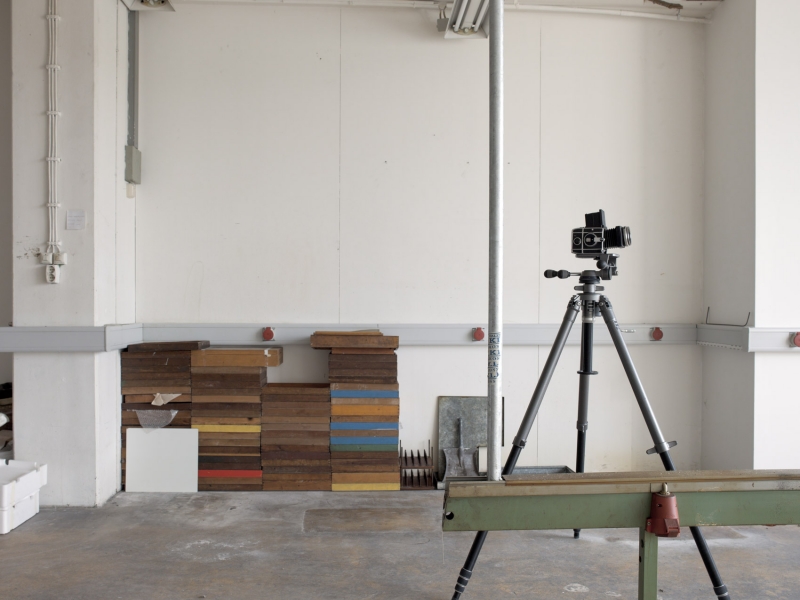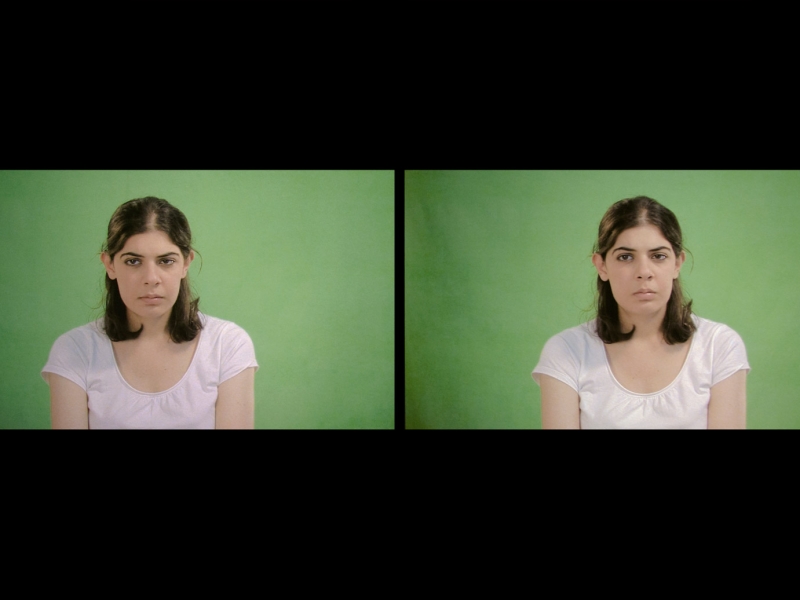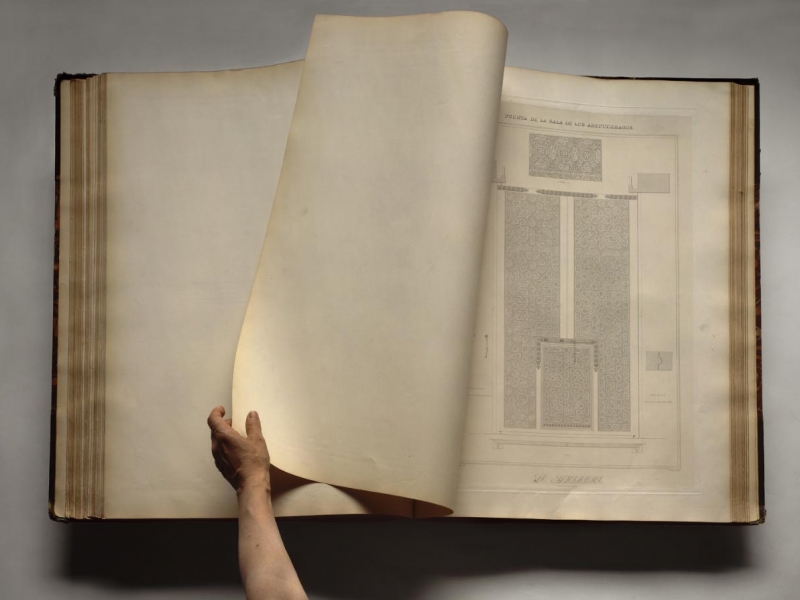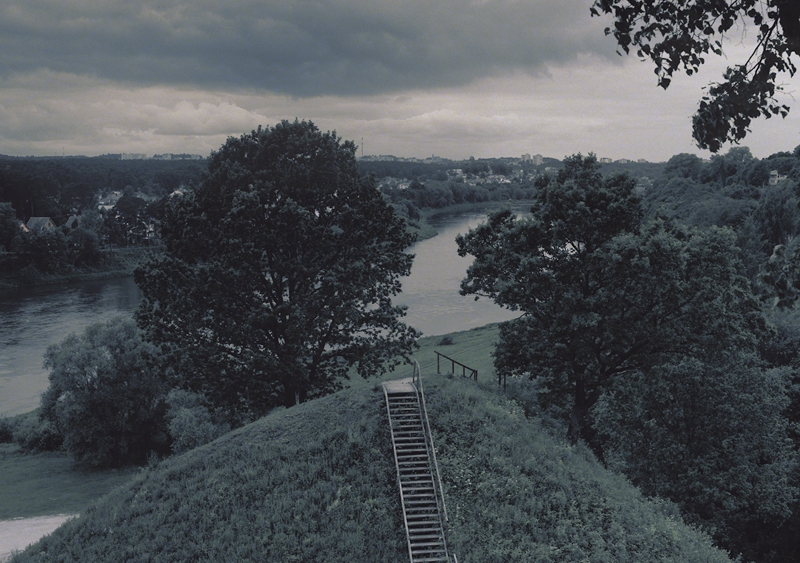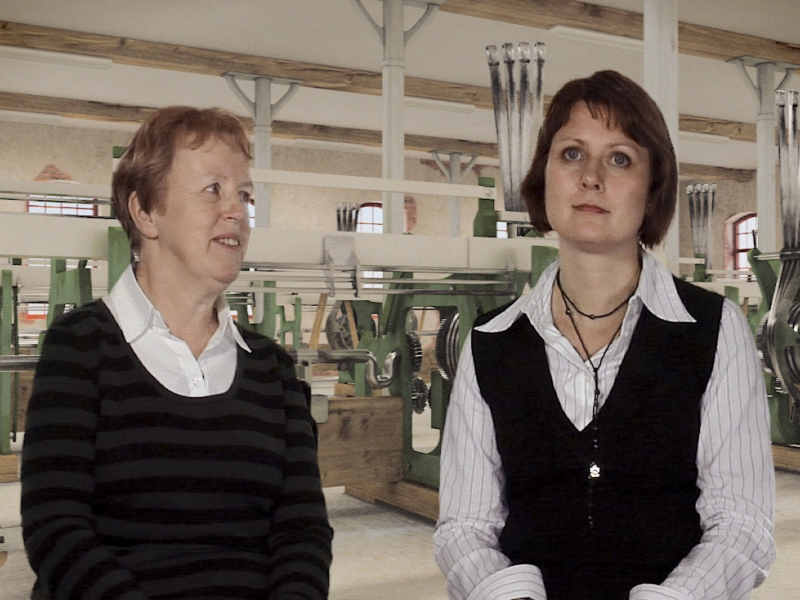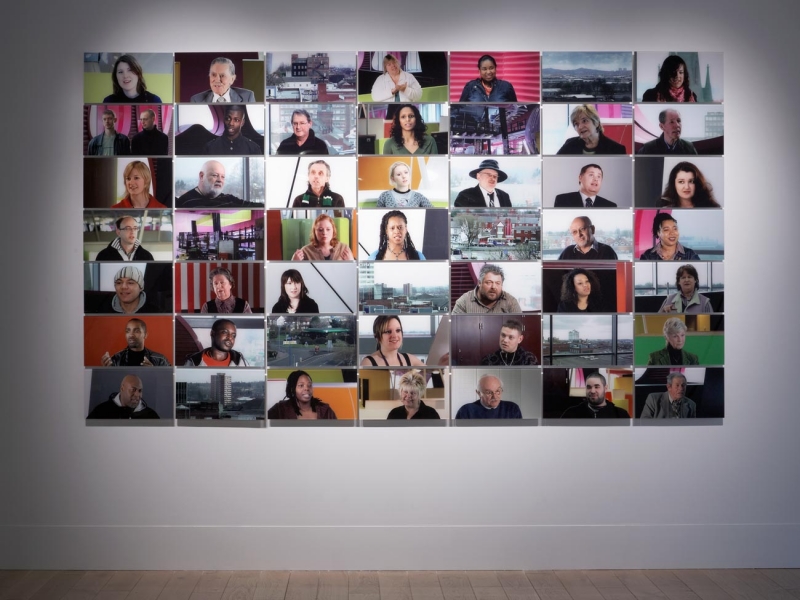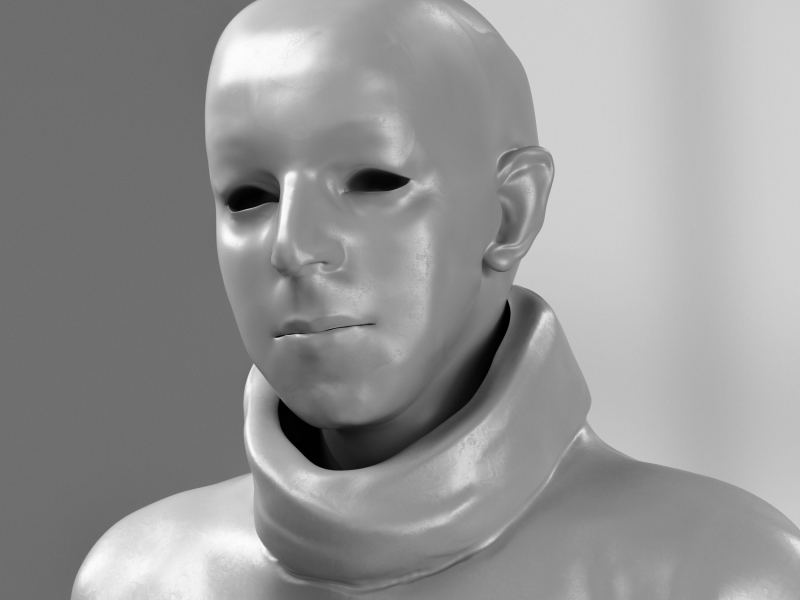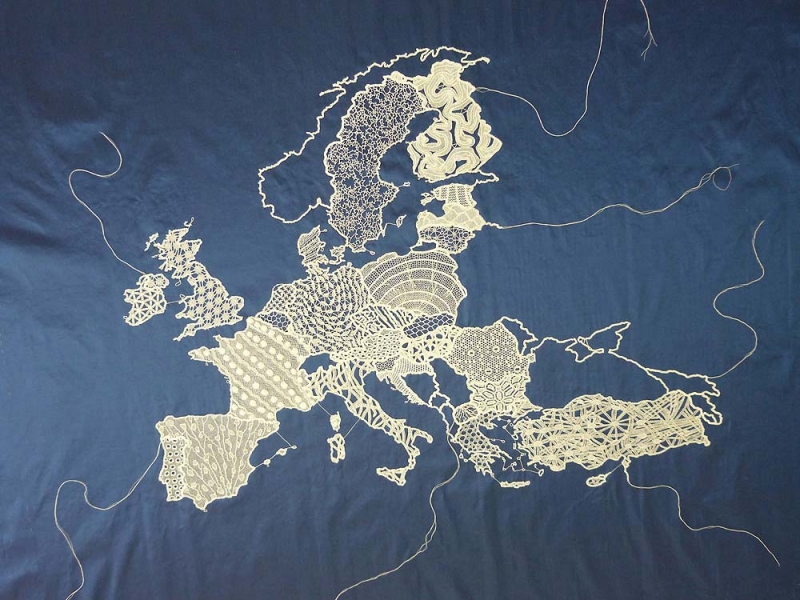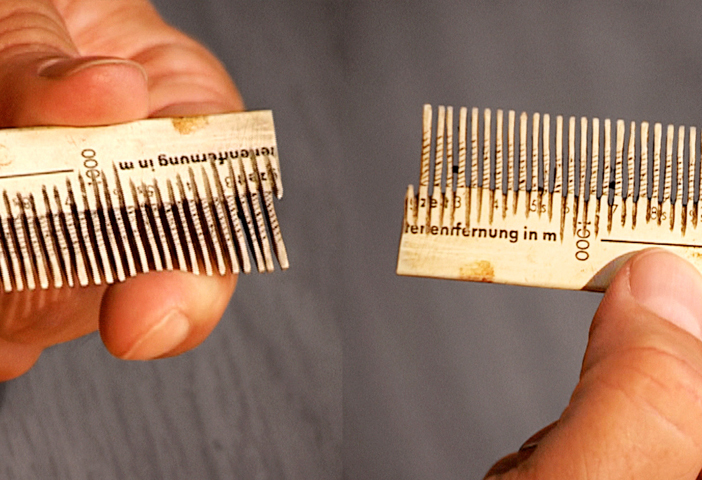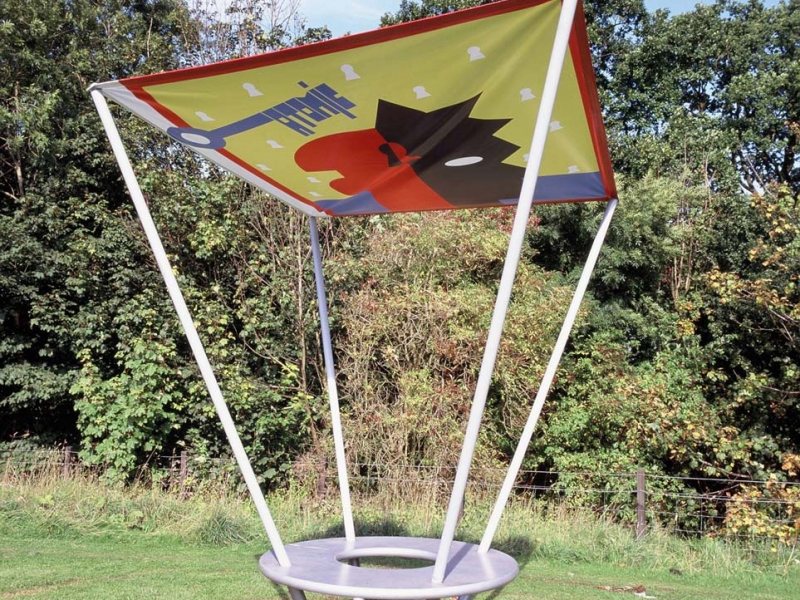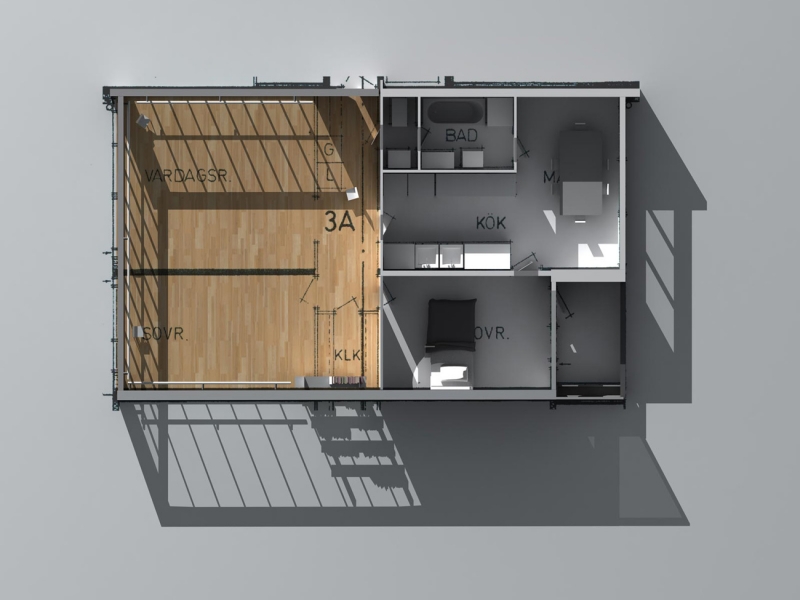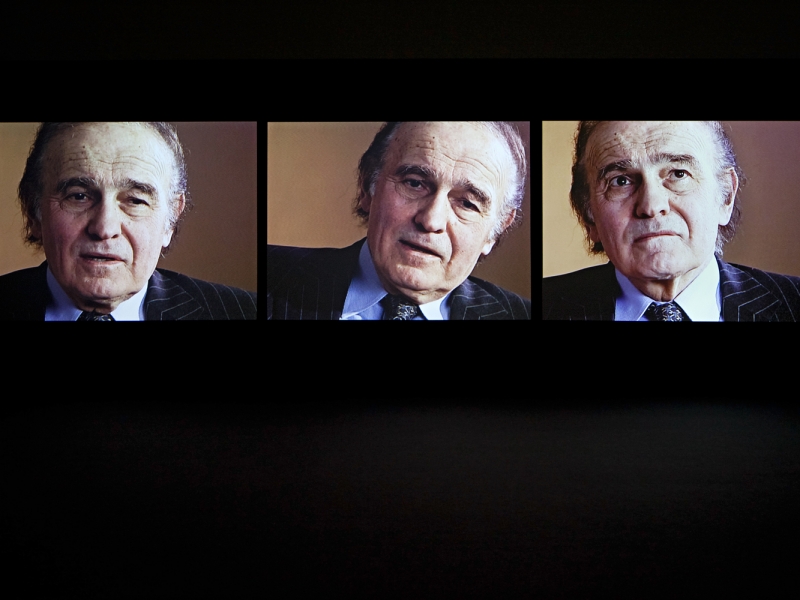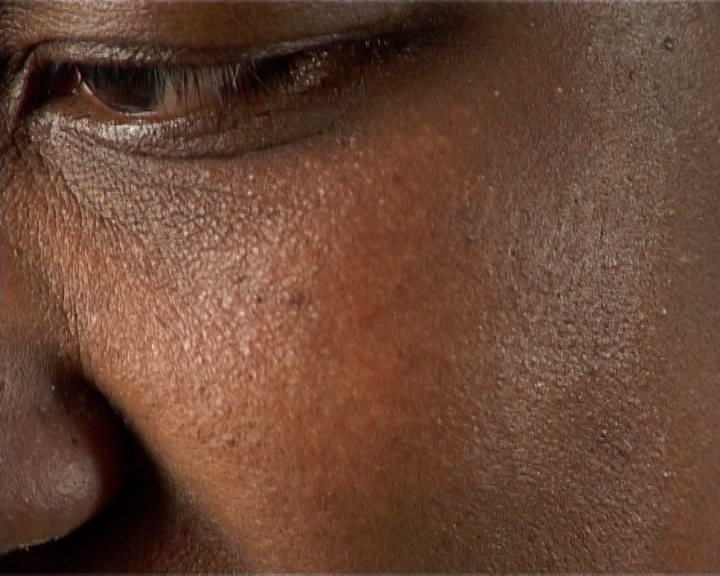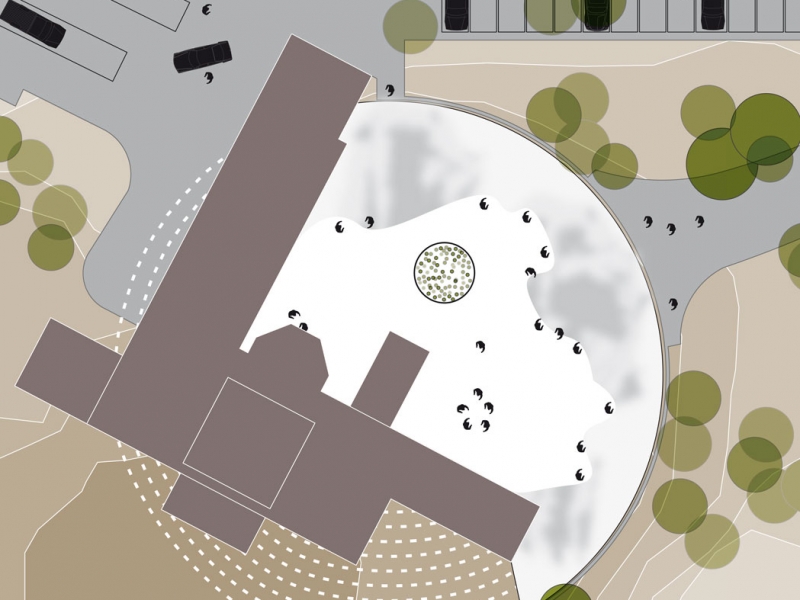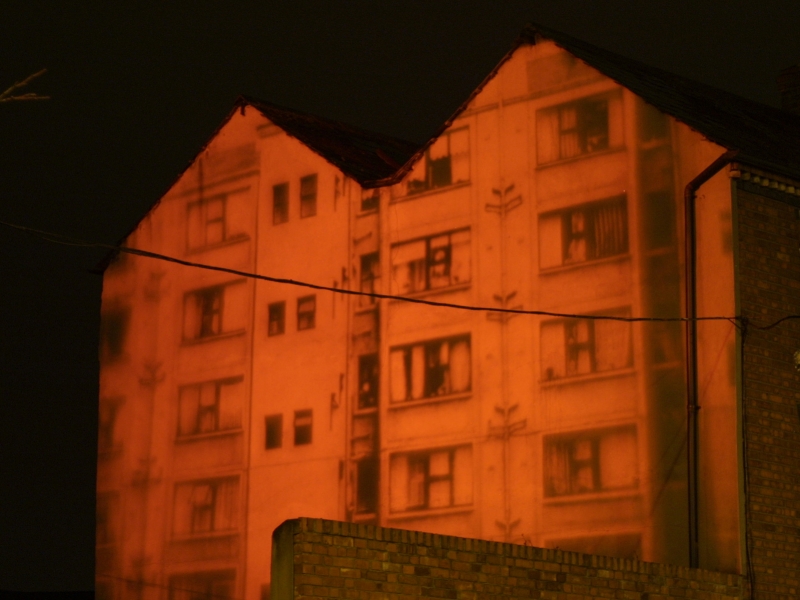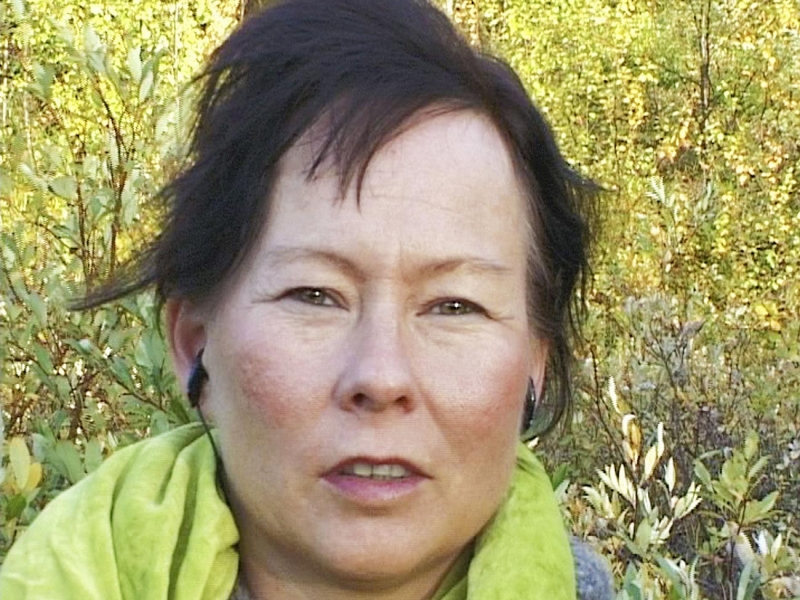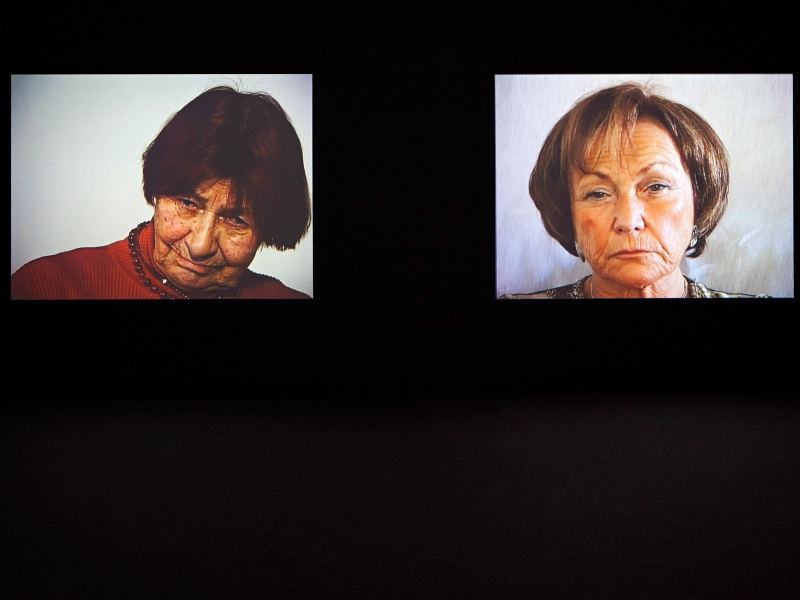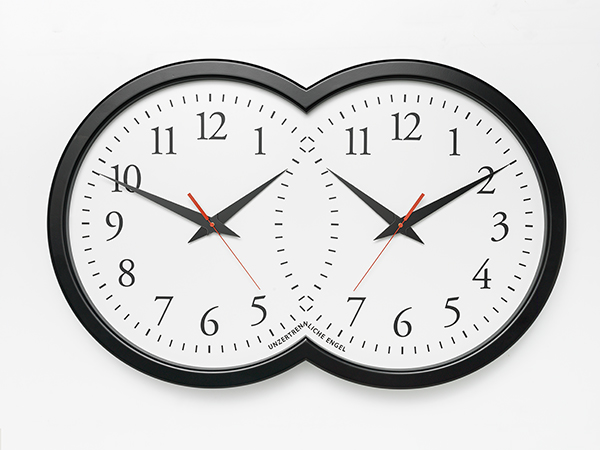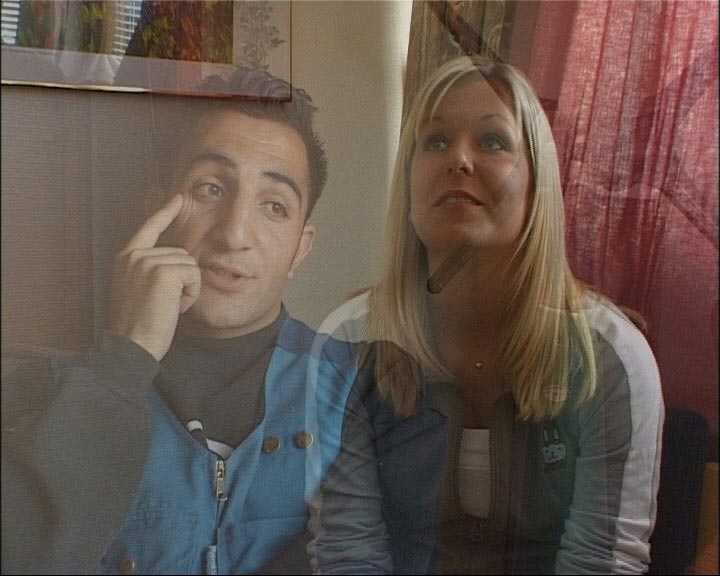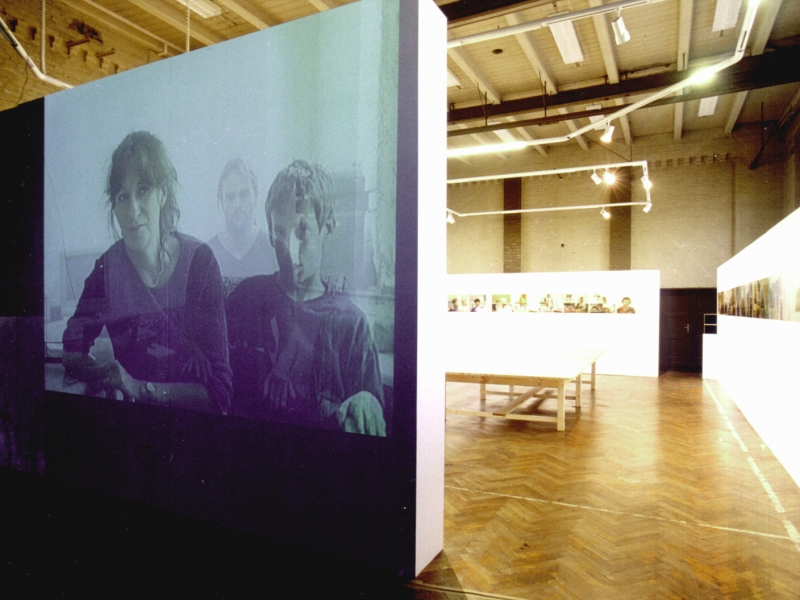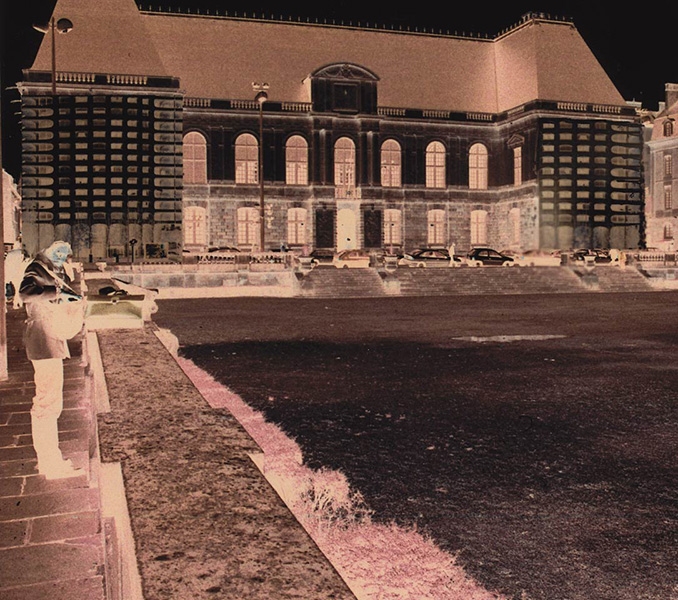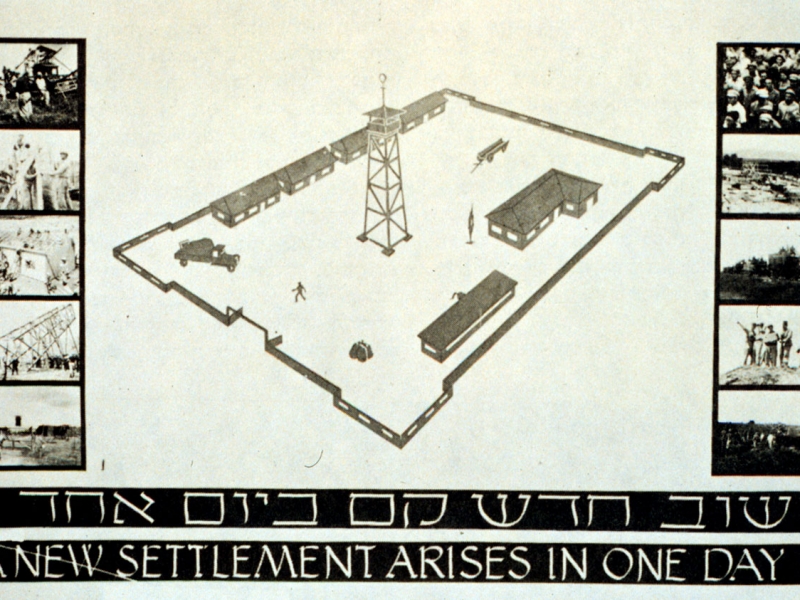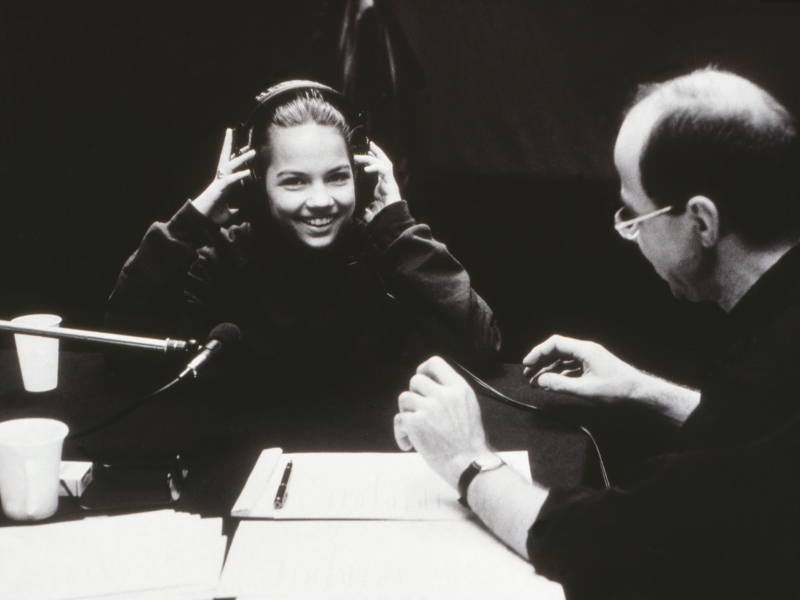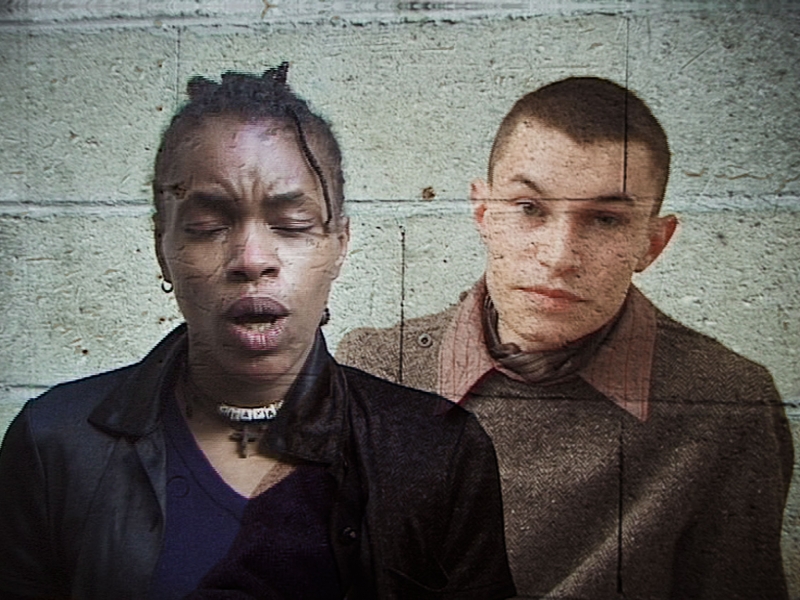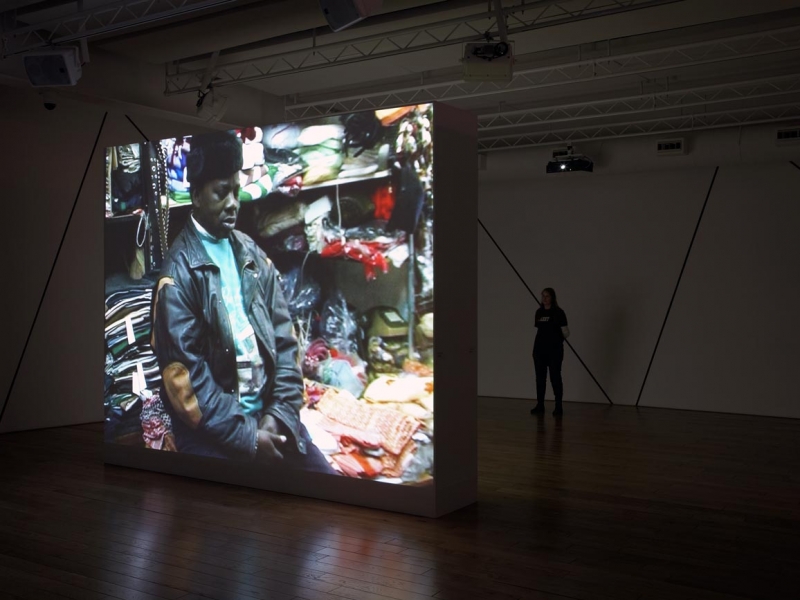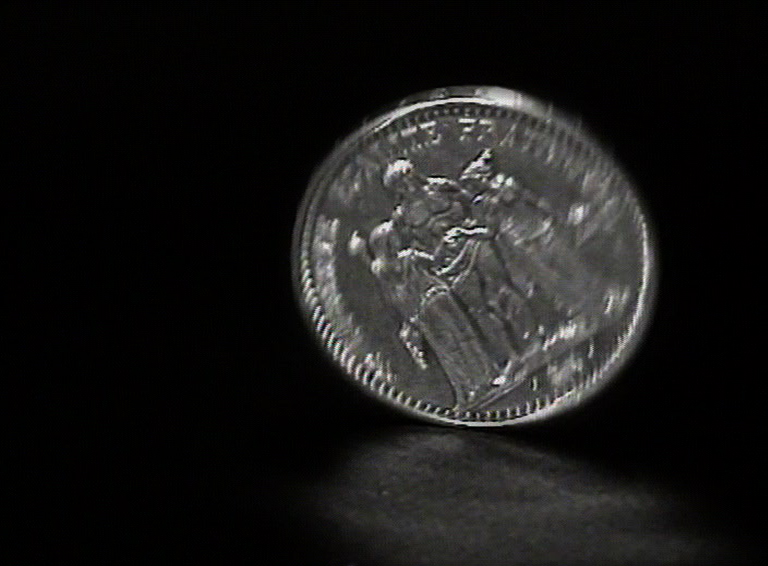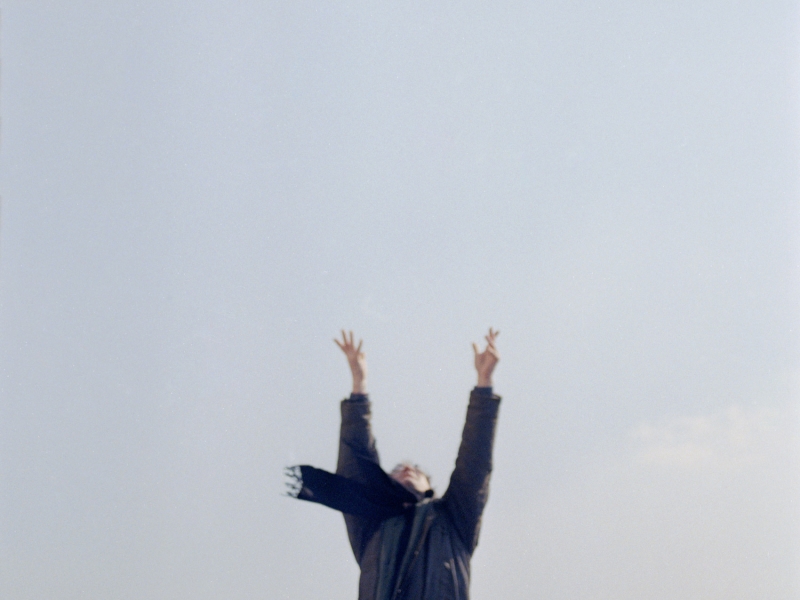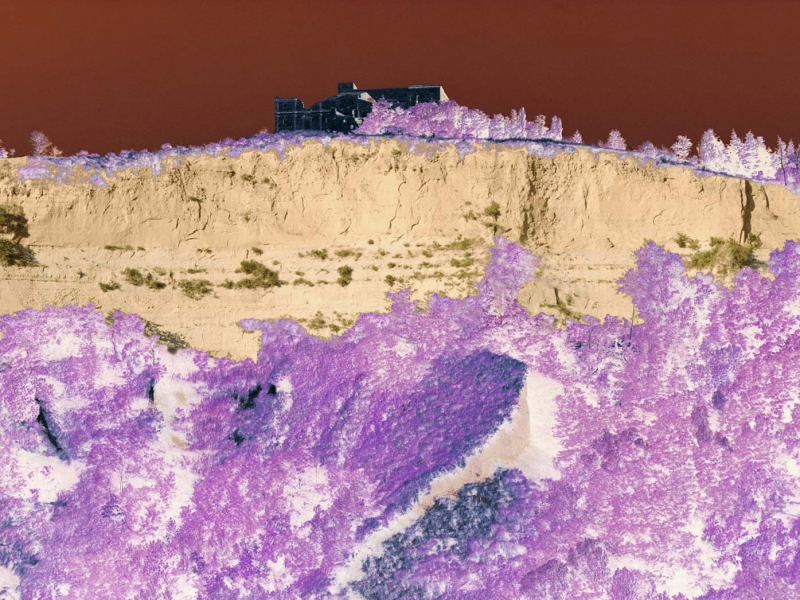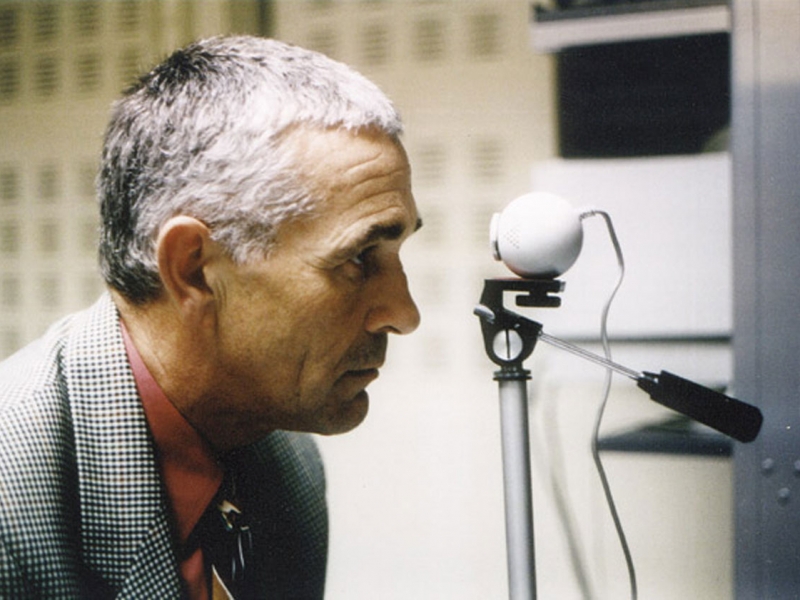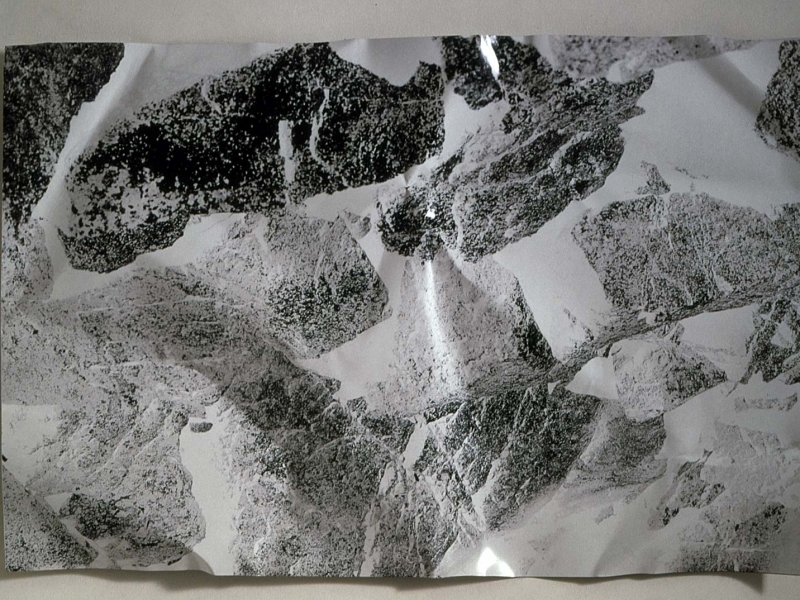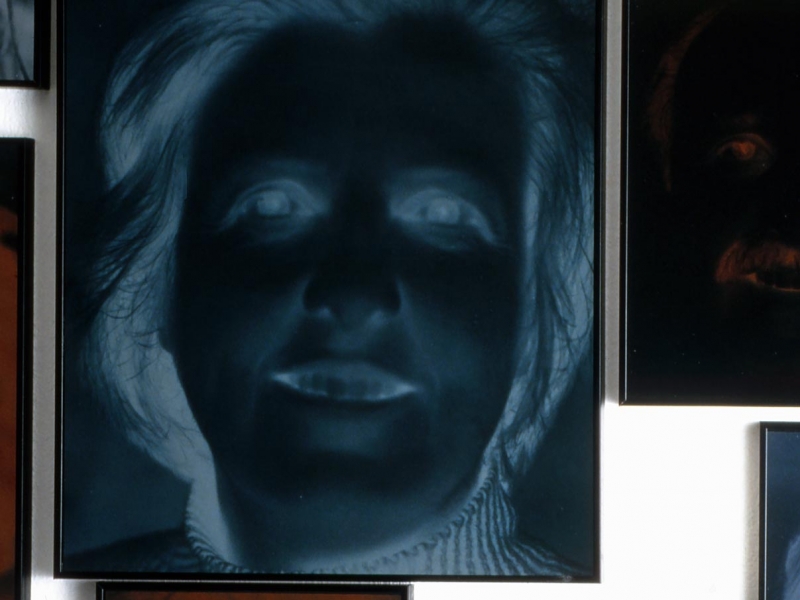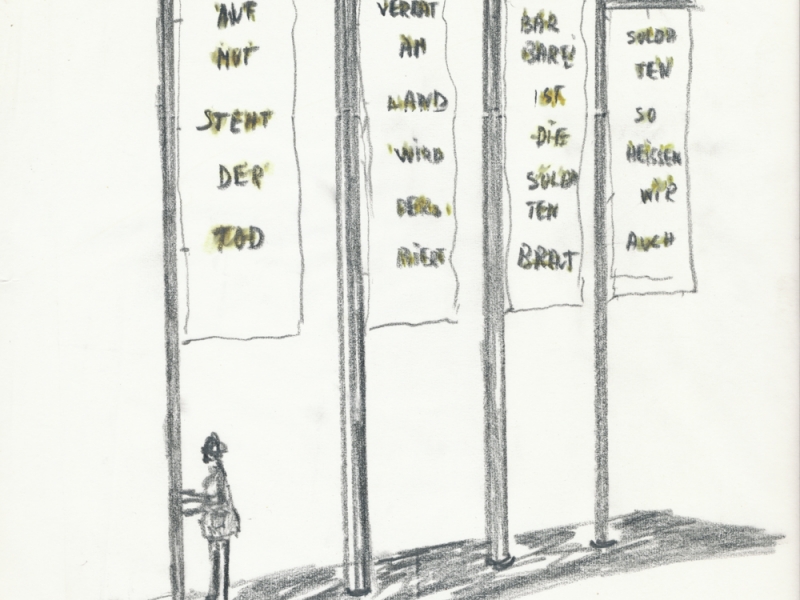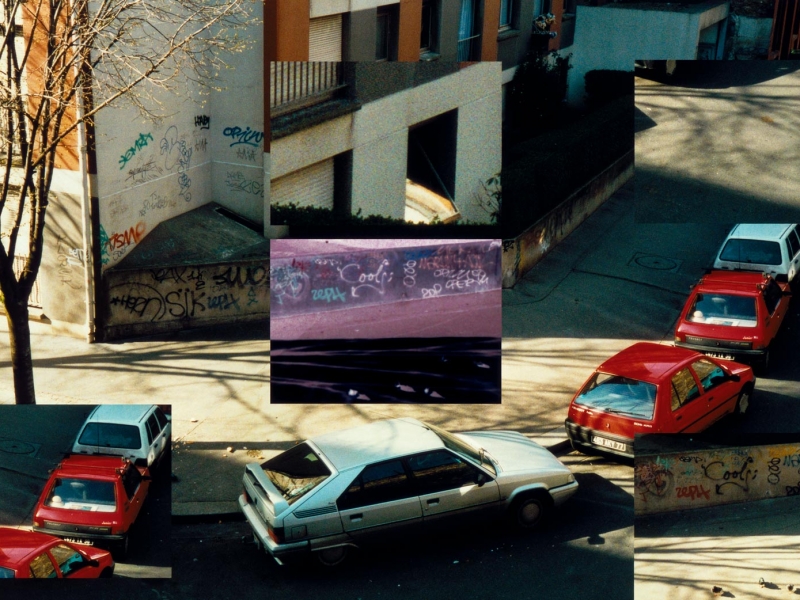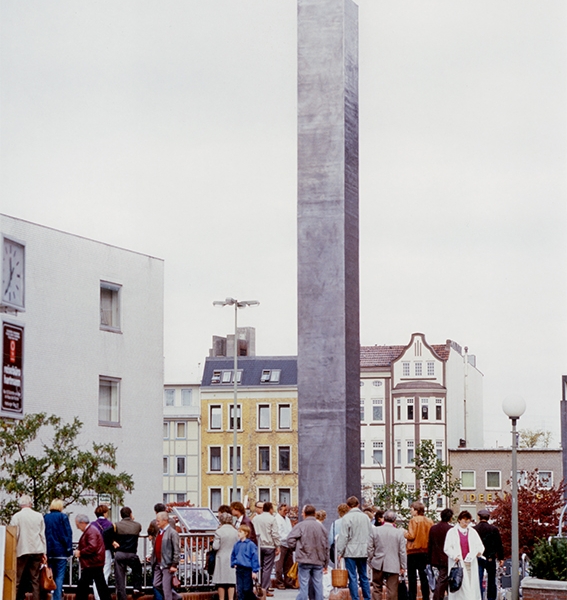DESCRIBING LABOR
2012
The Wolfsonian-FIU, Miami Beach, USA
Installation
24 photographs, colour, 100×130 cm, and 70x90cm, 1 two-channel HD video projection, 60 min, 1 soundtrack 40min, glass objects, music track 12 min
Describing Labor draws on artist Esther Shalev-Gerz’s research into depictions of the worker from the late nineteenth through the mid-twentieth century. Through video, audio, photography and a selection of historic artworks from the Wolfsonian-FIU and the Margulies collections, Describing Labor invites the present to relate to the now rarely seen figure of those whose labor fabricates the physical world via a detour among images from the past.
The installation presented at the Wolfsonian-FIU was elaborate through a participatory process. After selecting forty-one historic artworks that depict working figures, Shalev-Gerz invited twenty-four people related to art and to its language, each to choose one and describe it while being filmed. Each participant in turn then displaced the chosen artwork among other artifacts in the museum’s storage annex, where it was photographed.
In a two-channel video were displayed on the one hand the camera travelings through the aisles of the museum’s storage annex before cutting to the profile of a participant commenting on an image and on the other hand a slow panning on the surface of the image described.
The 24 photographs of the displaced workers images, along with the double video, proposed a new distribution of the relationships between images and objects, representations and productions, the person that builds and the things that is built. In this space between words that any person can say and details that only a machine can see lies the possibility for a community to form through the acts of description: the acts of seeing, saying and listening.
DESCRIBING LABOR
2012
The Wolfsonian-FIU, Miami Beach, USA
Installation
24 photographies, couleur, 100x130cm, et 70x90cm, 1 double projection vidéo HD, 60min, 1 bande son, 40min, objets de verre, 1 création musicale, 12 min
Describing Labor vient prolonger la recherche menée par Esther Shalev-Gerz parmi les représentations des travailleurs sur une période allant de la fin du 19ème siècle au milieu du 20ème. A travers la vidéo, le son, la photographie et une sélection d’œuvres d’art historiques choisies dans la collection Margulies et dans celle du Wolfsonian-FIU, Describing Labor invite le présent à se pencher sur la figure aujourd’hui rarement représentée de ceux dont le travail fabrique le monde physique via un détour parmi des images du passé.
L’installation présentée au Wolfsonian a été élaborée au cours d’un processus participatif. Après avoir sélectionné 41 œuvres d’art historiques représentant des travailleurs, Shalev-Gerz a invité 24 personnes ayant une relation avec l’art et avec son langage à choisir chacune une œuvre et à la décrire devant une caméra. Chaque participant allait ensuite placer cette œuvre parmi d’autres objets dans la réserve du musée, où elle était alors photographiée.
La double projection vidéo montrait sur un écran un lent traveling parmi les allées de la réserve entrecoupant les séquences de description de chaque participant et sur l’autre écran un lent balayage en gros plan sur la surface de l’œuvre décrite.
Les 24 photographies des images déplacées des travailleurs, ainsi que la double vidéo, proposent une nouvelle distribution des rapports entre images et objets, entre représentations et productions, entre la personne qui fabrique et l’objet fabriqué. Dans cet espace entre les mots que tout un chacun peut dire et les images que seule une machine peut faire voir réside la possibilité pour une communauté de se former à travers les actes de la description : regarder, écouter et raconter.


